-
Posts
301 -
Joined
-
Last visited
Content Type
Profiles
Forums
Gallery
Events
Posts posted by jdbondy
-
-
-
Question for you Matiz: the main rail of the head has molding along its outside edge, but I don't see how that could be easily scraped in, since the rail is tapering along its length. How did you do that? Entirely manually?
-
I love how you work around the knots in the lumber to obtain pieces with grain direction that fits the shapes you need!
- Keith Black and matiz
-
 2
2
-
Jeez, now I have to worm my lines prior to serving them?? Are you going to make me parcel them too??
- FriedClams, hollowneck, Keith Black and 5 others
-
 5
5
-
 3
3
-
-
-
I have a question related to Greg's question above. You explained how you measured the needed length for the double strops on the block. But how did you create that continuous loop using served line? Did you serve the loop after it was created with the correct length of line? Did you use line that was already served, and somehow made a continuous loop out of it? Thanks.
- FriedClams, Keith Black, archjofo and 2 others
-
 5
5
-
Let me echo Allan's question. Tell us more about the rope!!
- mtaylor, Keith Black and bruce d
-
 3
3
-
-
In general, you are looking for a stereo microscope. These use light reflected off the surface of a 3 dimensional object, as opposed to microscopes used for looking at tissues by transmitting light through a glass slide. The binocular vision of a stereo microscope allows that depth perception you referred to. In general, these kinds of microscopes do allow for enough working space between the object and the lens. In the case of my Zeiss microscope, I get about 3-4 inches of clear space between the surface of the object and the lens. Plenty of space for my small chisels. This space is not affected by how much or little I zoom in on the object because the zooming mechanics are within the microscope. The eyepieces have a magnification power of 10x. Then, using the zoom, that magnification can be increased as high as 32x.
Since I just acquired the microscope you see on the boom stand, I am still learning it. Its magnifications are comparable to the Zeiss, with 10x eyepieces and zooming up to a magnification as great as 45x. But I can't see much of a difference between the 32x on the one and the 45x on the other. The new microscope has two advantages: one, a greater amount of clear space between the object and the lens (6 inches), and two, I don't have to remove my glasses to look through the eyepieces. Which has been getting to be a real drag as I go back and forth from under the Zeiss microscope to on the model. The clear space is again not affected by how much zoom I apply.
You will need to figure out for yourself if you need a boom stand. It's not essential for me; I simply steady the work with my left hand while carving with my right. I put a high-friction non-skid pad between the work and the base of the microscope (or the desktop). Or sometimes I am working on a piece that is fixed in a jeweler's ball vise.
Regarding dental loupes, I actually had a rep from a loupes company come to the house to try to fit me with loupes that allowed a long working distance. Nothing he had would provide the magnification I needed. I came to find that if I wanted really high magnification without using a microscope, I would have to do like the watchmakers and wear a watchmaker's loupe up against my eye, then bring the workpiece to within 1-2 inches of my eye. I wouldn't be able to work that way for very long.
I hope all this helps!
-
I have a Zeiss dissecting microscope that is intended for "student" use (probably students at a high-priced private school) that has been very nice. But it was expensive, even at a discount. Like $1000. I am now trialing a second microscope that I recently obtained second-hand that will have the capability for display on my computer's screen, once I figure out the software program. In general, a microscope has been key for enabling the kind of carvings you are now working on. Dissecting microscopes can be found on eBay starting at $100-200. I think that any average quality microscope will enhance your ability to generate fabulous small-scale carvings.
Photos of the two microscopes are attached.
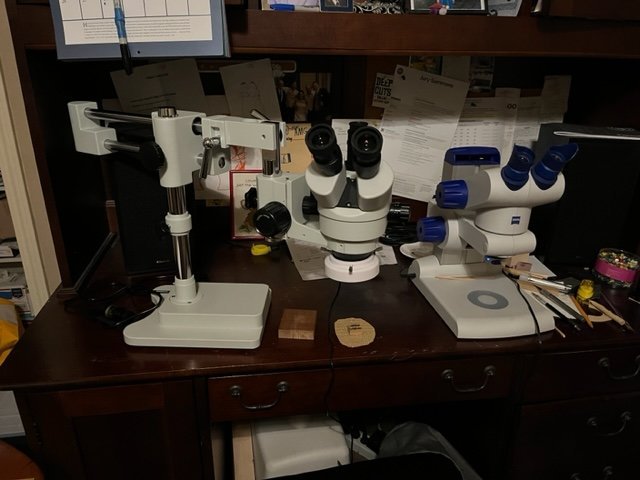
-
Ben, a friend pointed me to your lovely build. I am now following along here, as well as on your Winnie build.
- druxey, scrubbyj427, mtaylor and 1 other
-
 4
4
-
-
I find myself sad that this chapter is coming to a close...but even more exciting chapters to follow!
- Keith Black, archjofo, Jack12477 and 3 others
-
 6
6
-
-
Hi Gary, I was happily directed to this build log from a different log. I am making today's comment to make sure you are familiar with an article that appeared in the January/February 2023 edition of Wooden Boat, entitled "The Wizards of Stony Creek". It talks about Johnny Waters and his various boats (including oyster draggers) in the area of the Thimble Islands on the Connecticut coast. You seem to be someone who would be interested in the article. Enjoy!
- FriedClams and mtaylor
-
 1
1
-
 1
1
-
Thanks, Druxey, Hubac, and Chris. Yes Chris, the manner was chosen because of the fact that at this scale, frames would be entirely too fragile to stand up to the planking process.
-
Wow, it's been 6 months since my last post!
This next post is sort of a moment of truth. It’s time to grind out these numerous bulkheads down to forms that resemble the actual shapes of the interior framing of the boat. Which is no small task given the volume and number of these bulkheads. Numerous tools were considered for the job. The work in the above picture was done with the drum sander attachment to a Dremel.
Here are some hand tools I tried, in an effort to see how safely and efficiently wood could be removed.
But it was pretty clear that the job called for more than just a Dremel. It was time to invest in a Foredom rotary tool. The Foredom is essentially the same kind of tool as a Dremel with a flex-shaft, but there are an amazing number of handpieces that can be attached to a Foredom.
So I set up the workbench outside, with a hanging stand for the motor and a bullnose bit attached to the handpiece. This tool works very well and generates huge amounts of sawdust.
It makes quick work of grinding down the frames, but I had to make a deal with myself to only go so far with this tool. It could very easily do serious damage if I lost control of it.
In the bow, there are four frames just aft of the bow filler blocks that I will not grind down.
As a reminder, certain of the frames had been previously brought down to their proper molded dimensions, to serve as guides for future fairing of the frames between them. Three of these frames are visible here.
As I got closer and closer to proper molded dimensions, I decided to temporarily glue sacrificial blocks that were of the target thickness of the frames in those areas.
I could mark these with pencil and watch to see when I was starting to hit their surface in order to get an idea of when I was getting close.
Sort of like topography lines on a topo map, the blocks are lined up on the points at which each frame should have a certain molded dimension.
It was a lot of work bringing the frames down to their proper dimensions. Here I am using sandpaper to take off the really coarse marks left behind by the bullnose bit.
This was how I handled the forward third of the hull. In the middle third, I kept the bulkheads in place for the moment, because I wasn’t certain of the stability of the hull.
In order to stabilize the ground-out bow segment, I moved on to installation of the deck clamps. In this picture, the measuring blocks for the molded dimensions of the frames at the level of the sheerline have been removed. In their place, new blocks have been installed that properly space the deck clamps from the sheerline.
Using these blocks, the initial stringer of the deck clamps was installed. (I guess this particular piece would be called the deck clamp, and then additional pieces inboard of it would be the beam shelf.)
These spacer blocks were then removed.
Here the thickness guide blocks are being removed from the areas where proper thickness has been achieved.
That is a very satisfying look.
If you look closer, though, you can see the difference between the frames that were made from sandwiched layers of Castello boxwood and those made with Baltic birch plywood. Also visible are beads of squeezed-out glue from planking installation.
Now I moved on to the stern third. The two aftmost bulkheads will stay in place.
Once again, the bullnose bit was used initially.
And then thickness guides were installed. I really needed a faster way to bring the frames down to proper thickness, without the violence of the bullnose bit.
I had seen this device used by other builders on their build logs, and it appeared to be ideal for getting into small areas better than any other attachment. It requires a different handpiece attachment to the Foredom (a right angle attachment) and is a bit of an investment, but the same handpiece can be used for other useful things like an angle grinder.
After smoothing the frames, the deck clamp was installed.
Then on to the midships portion of the hull, with the same technique. Here I am using a hand held thingie to which I could apply adhesive-backed 60 grit sandpaper for fairing of the interior surfaces of the midships frames.
These support blocks did their job of supporting the free-floating frames in the unplanked portion of the hull.
The midships portions of the deck clamps are being installed.
Then the keelson was manufactured in 3 parts. It was carried to just short of the deadwood.
The keelson installed.
Deck clamps and beam shelves fully installed.
Time to remove the support pieces of wood between the frames.
In addition to the unplanked frames, a portion of the deck in this same area will be omitted to show the deck beams, carlings, and ledges.
Primer has been applied to the exposed frames.
I applied some paint just to see how it would look, and the appearance indicated that smoothing with filler would be necessary. Doing this helped to make the frames look the same as one another, whether they were sandwiched boxwood or birch plywood.
This was after 2-3 coats of brown paint.
Since the deck will be partially unplanked, I also applied the paint to the portion of the interior that would be visible through an unplanked portion of decking.
This picture gives a preview of some of the deck beams and carlings. This process will be covered in the next post.
-
-
Johann, maybe you know about this model already, but I will send you these pictures anyway. I was just at the Museum of Fine Arts in Boston, Massachusetts, USA. They have a small but important collection of ship models, and one of them is this French corvette from around 1810. I instantly thought of your build log. I hope you enjoy the pictures!
- archjofo, FriedClams, mtaylor and 4 others
-
 7
7
-
The final finish on the spars is very impressive too. Was that achieved simply with sanding? How fine a grit sandpaper did you finish with?
- KORTES, Keith Black and mtaylor
-
 3
3
-
Merci Gerard, that helps a great deal.
- Keith Black and mtaylor
-
 2
2
-
I am scratching my head over M. Delacroix's comment that the "front surface of the yard is at the top of the picture". Does that mean that the attached stuns'l boom is located forward of the yard? I thought it would rest on the top surface of the yard.
- mtaylor, archjofo and Keith Black
-
 3
3
-



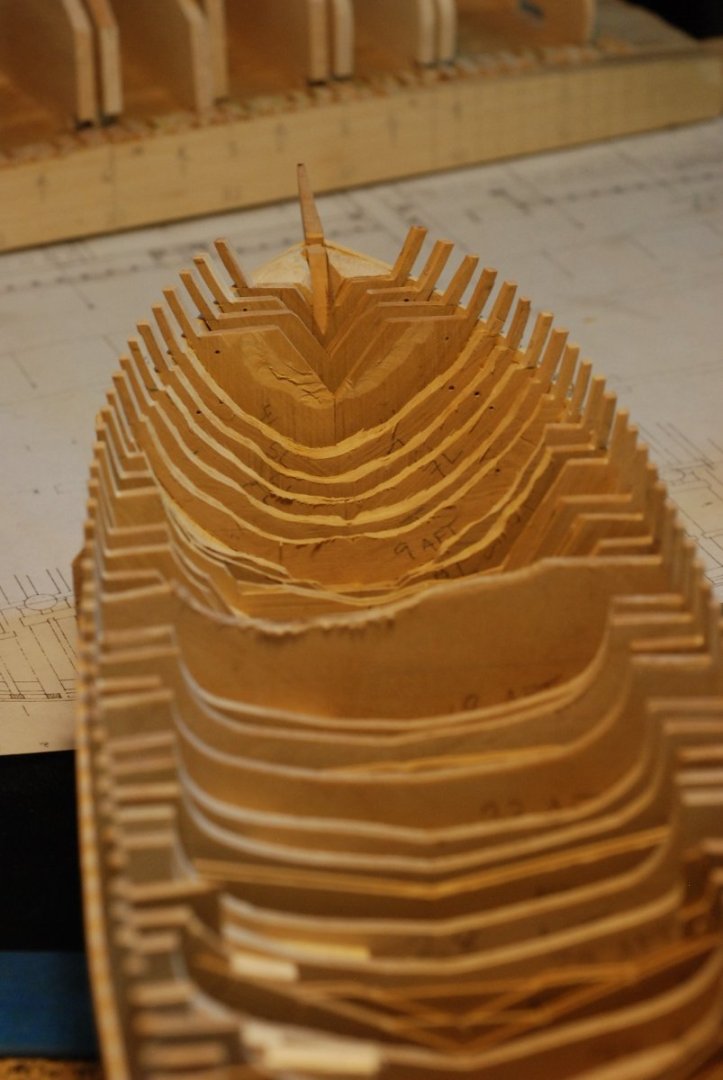
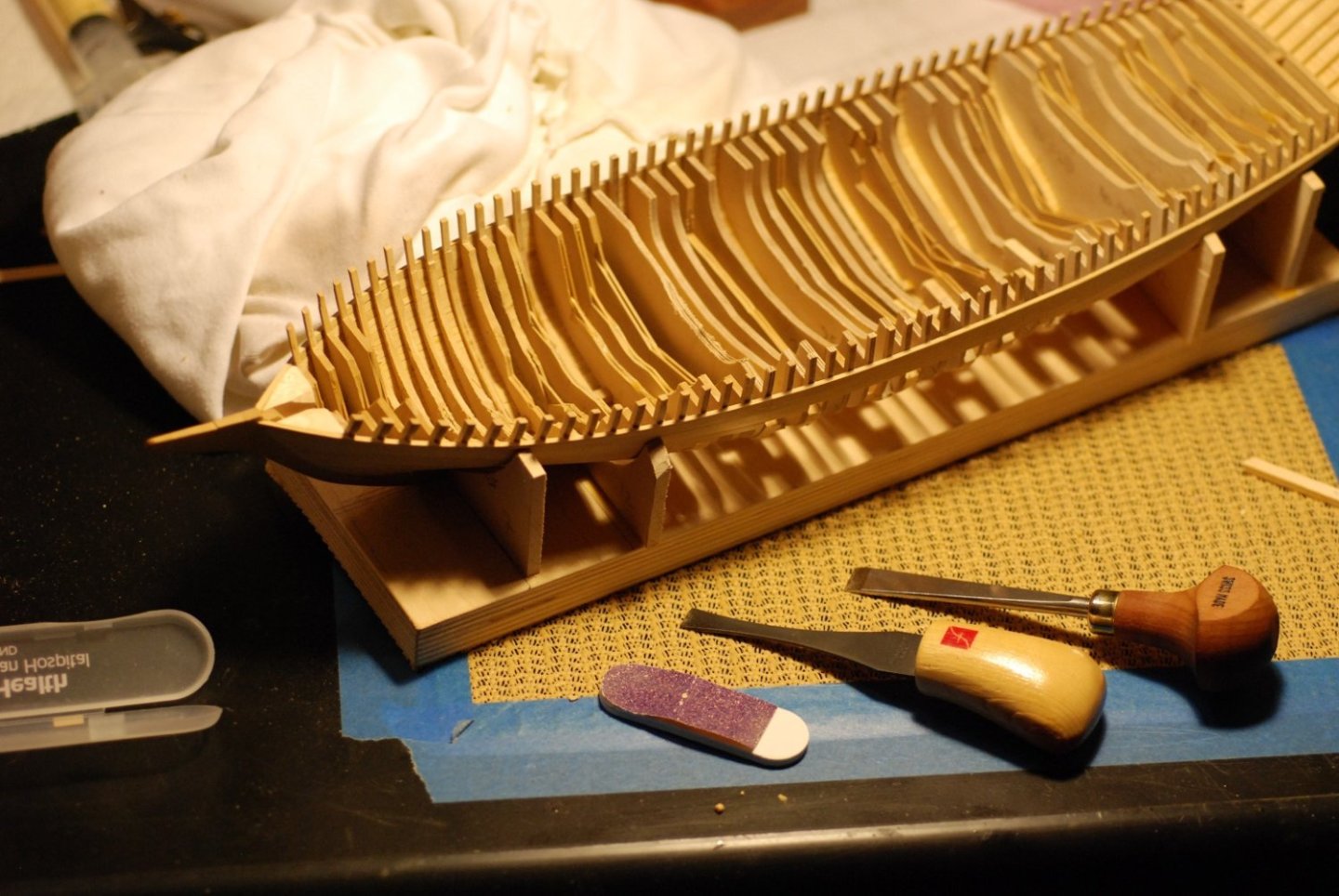

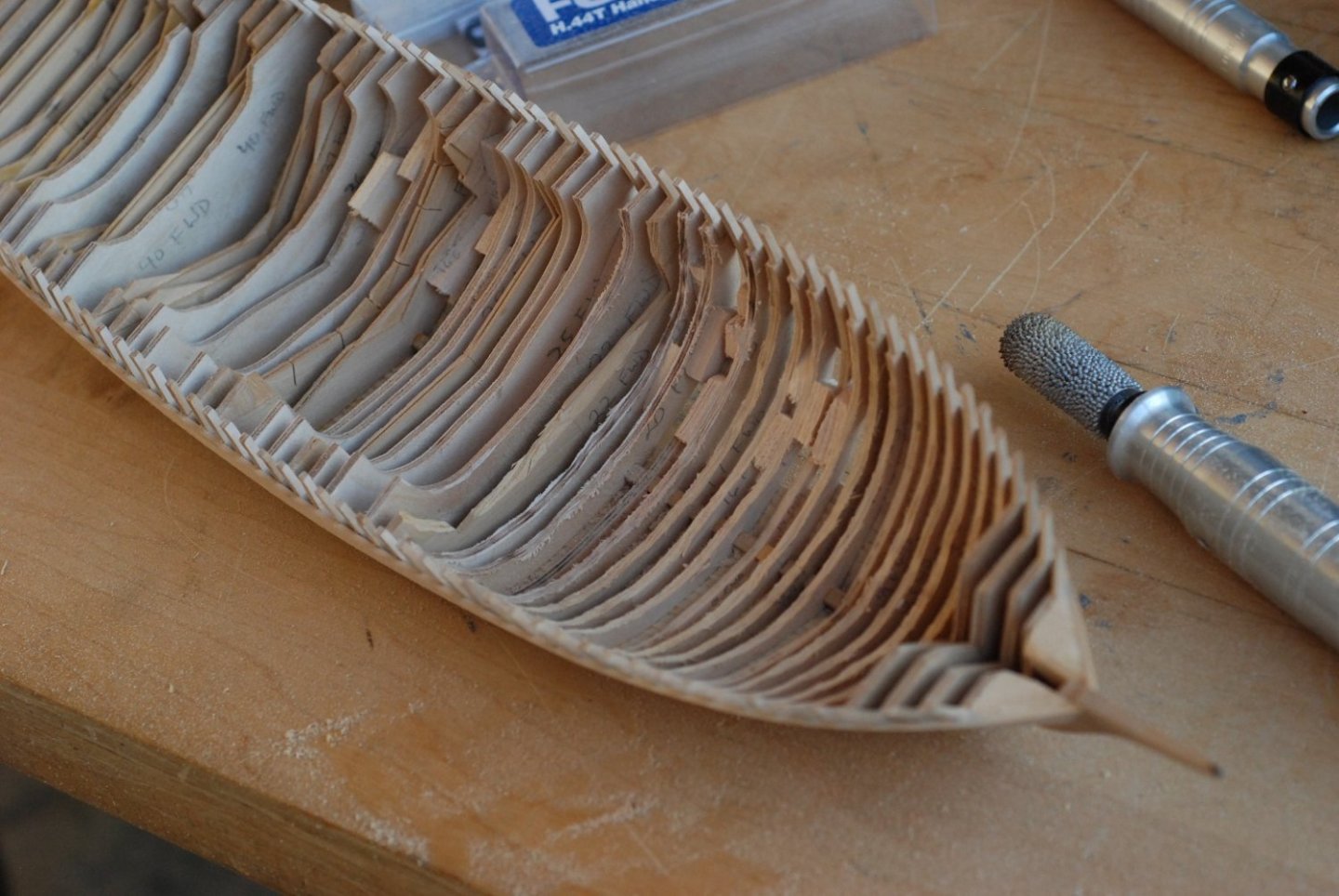
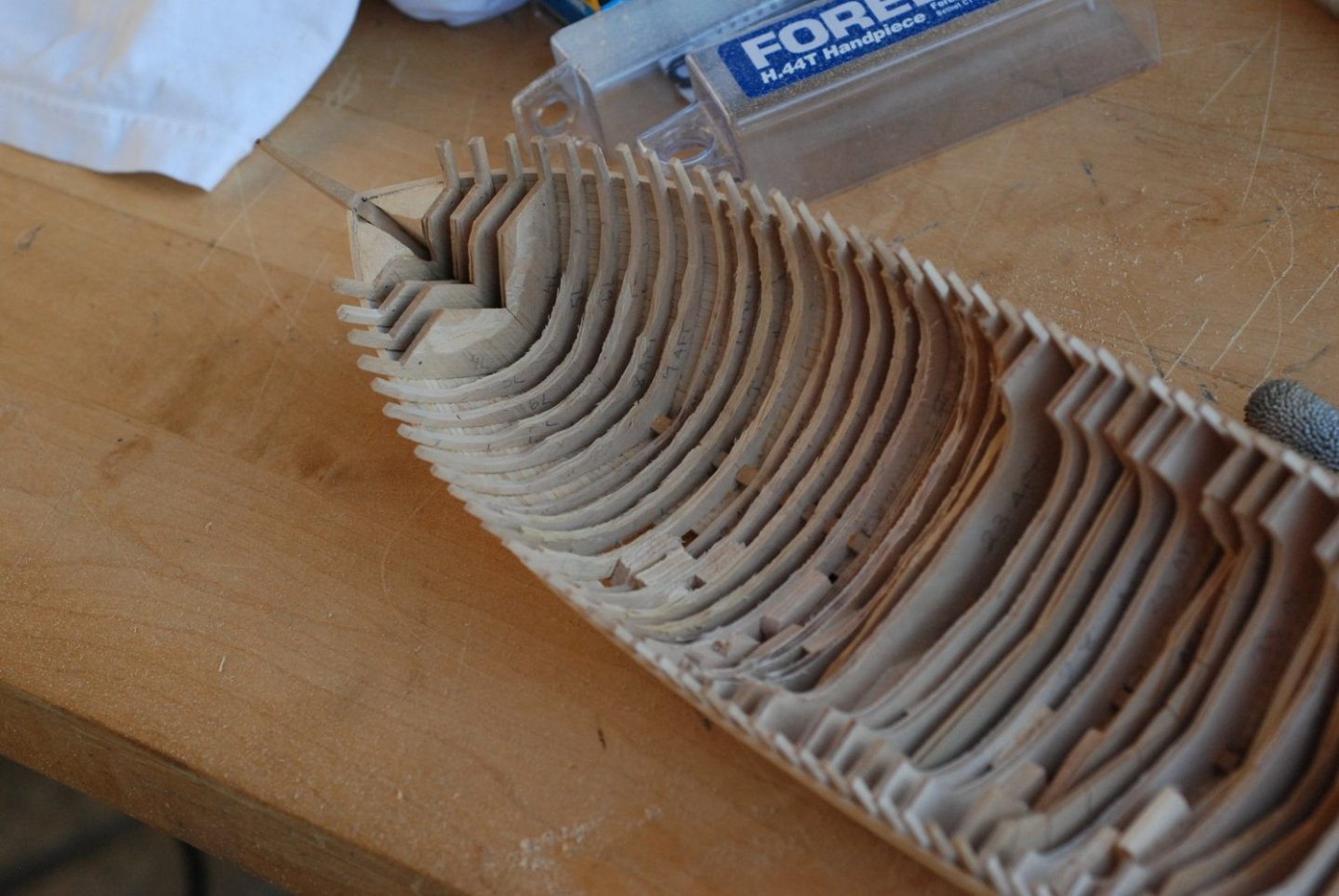
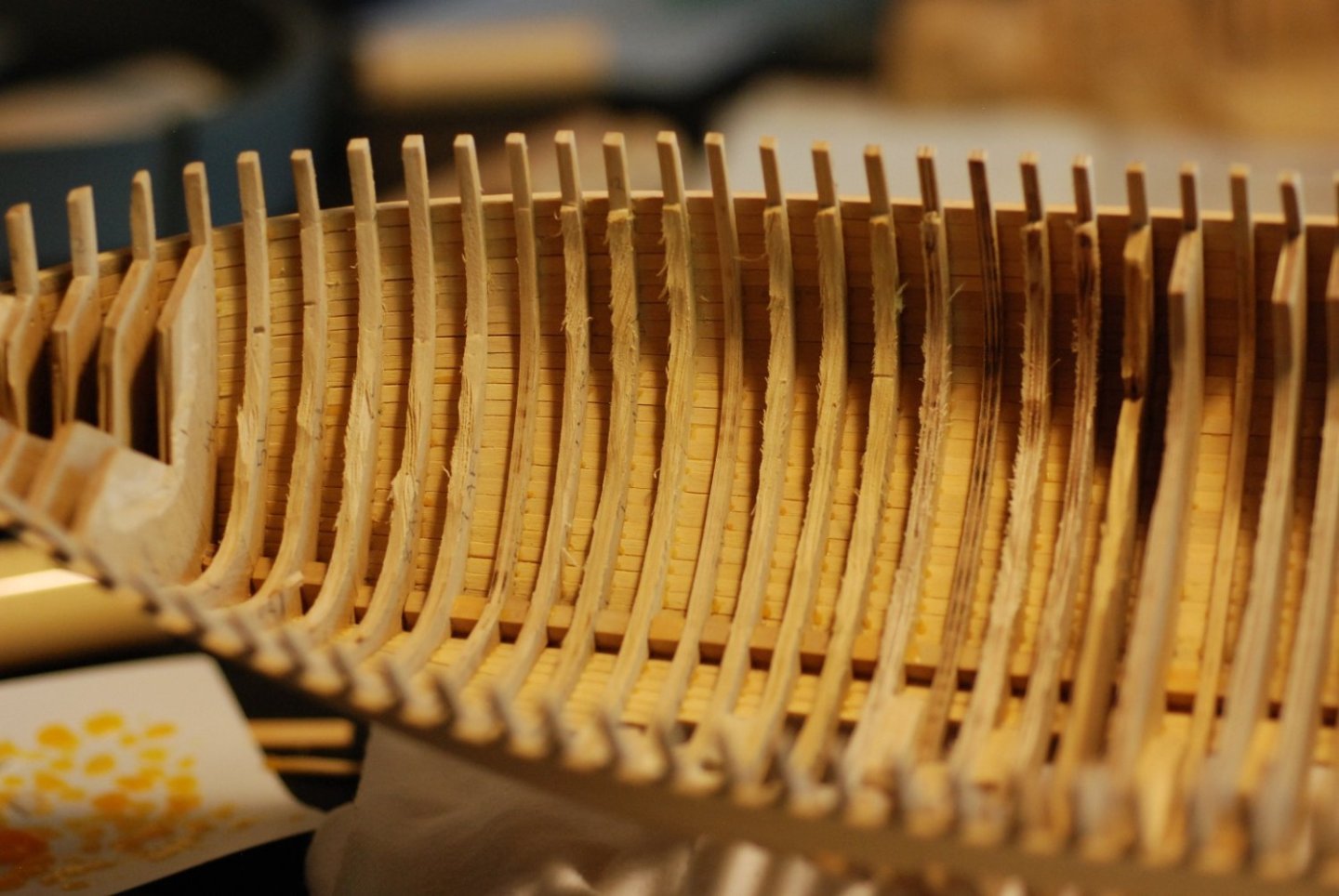
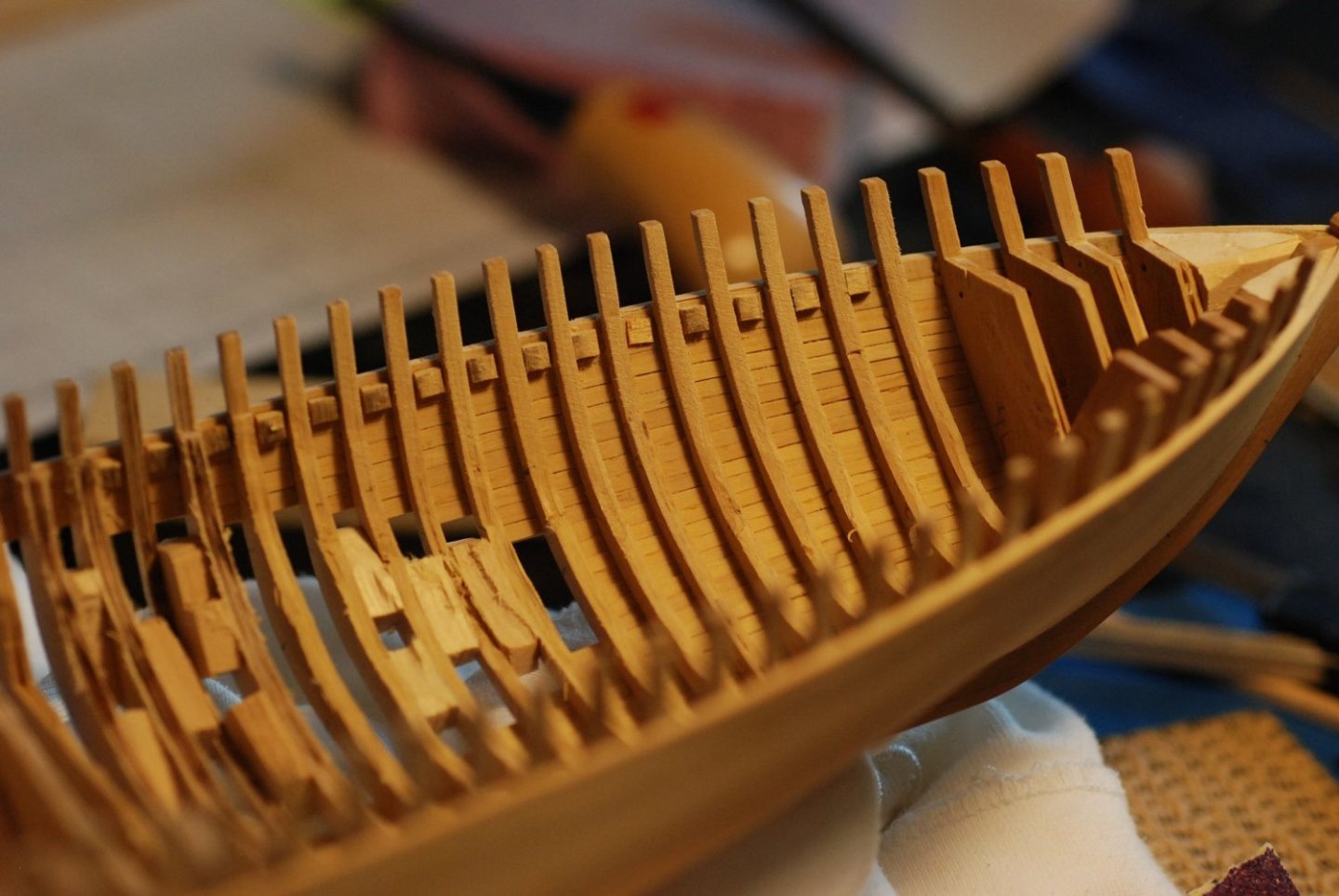
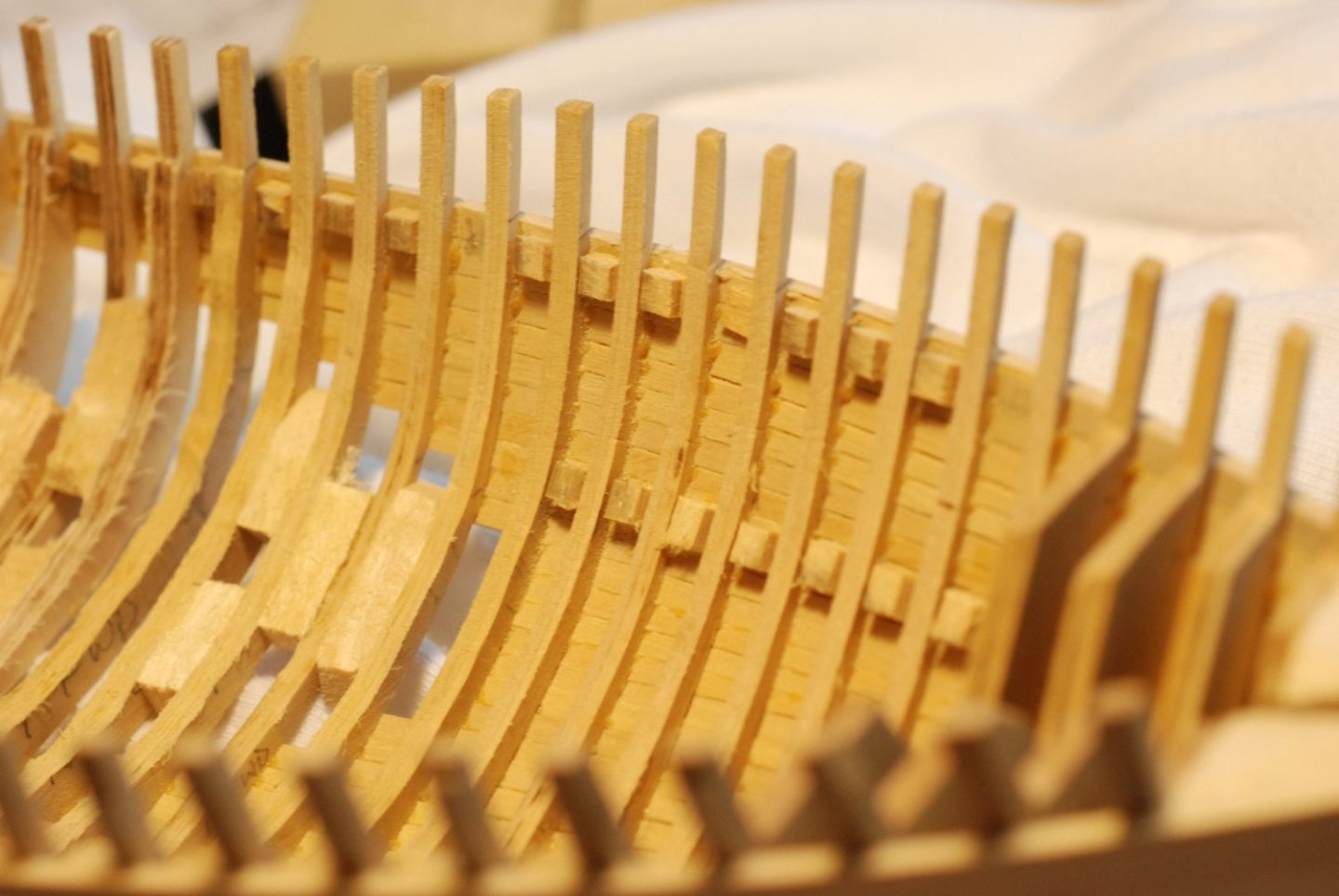
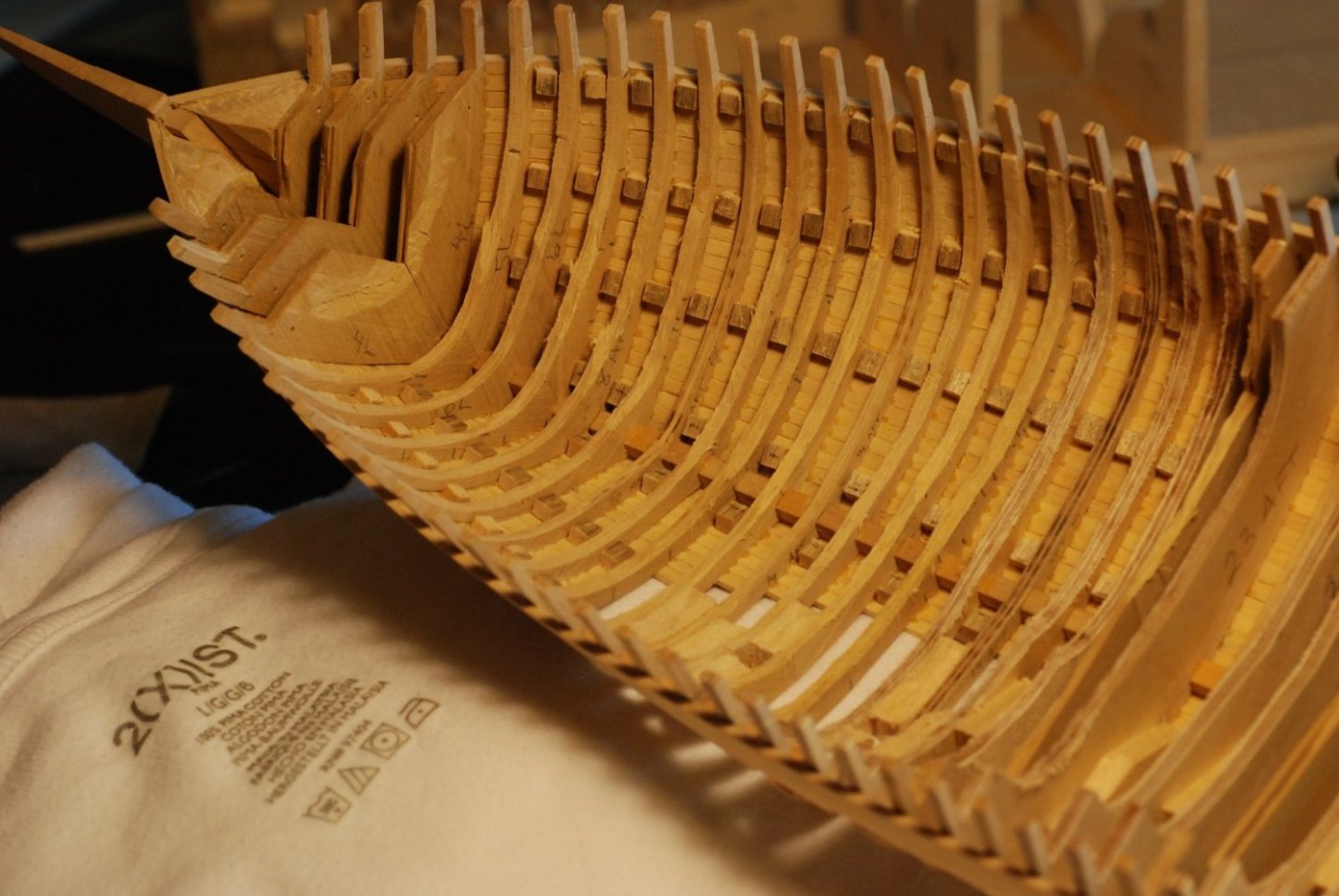
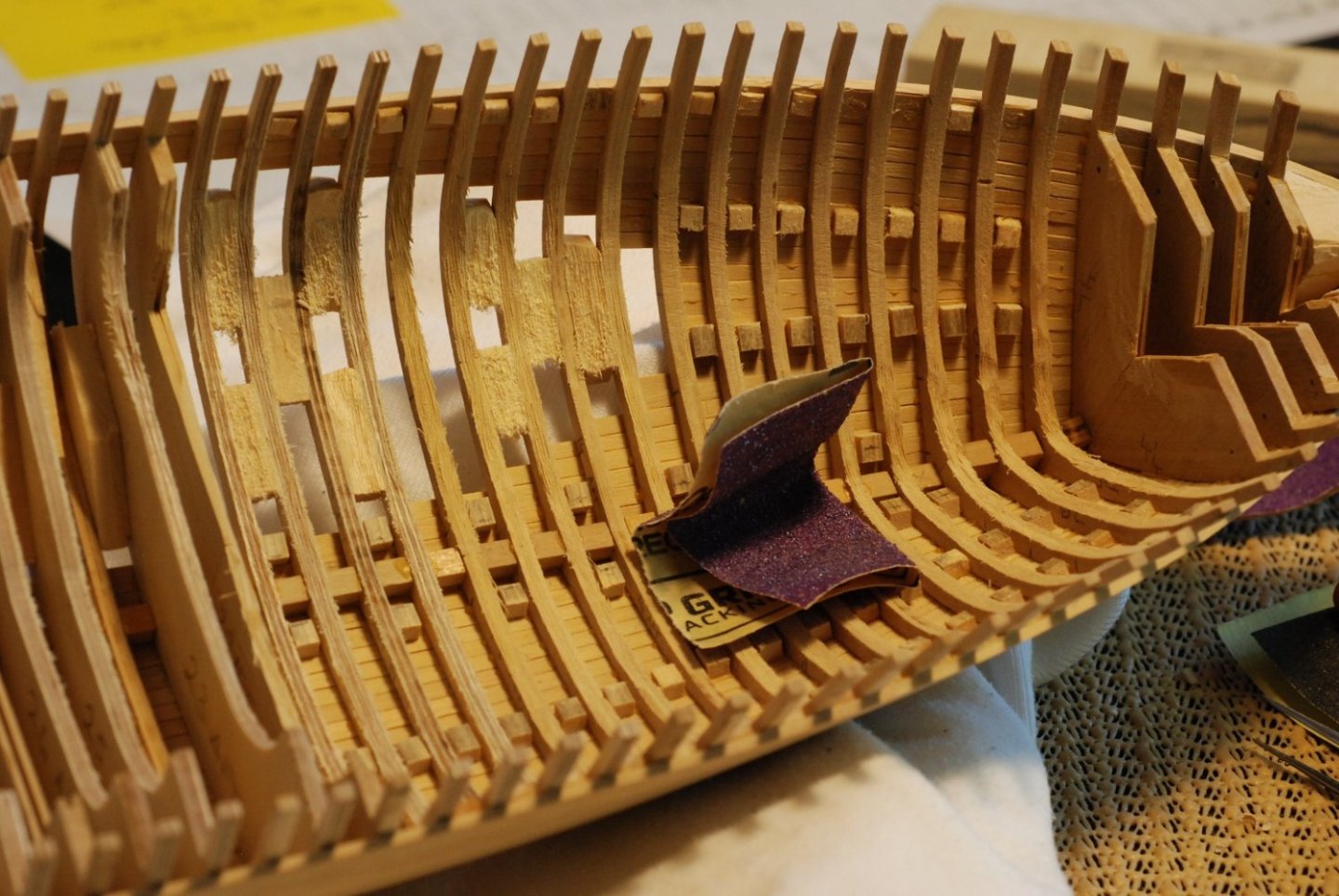
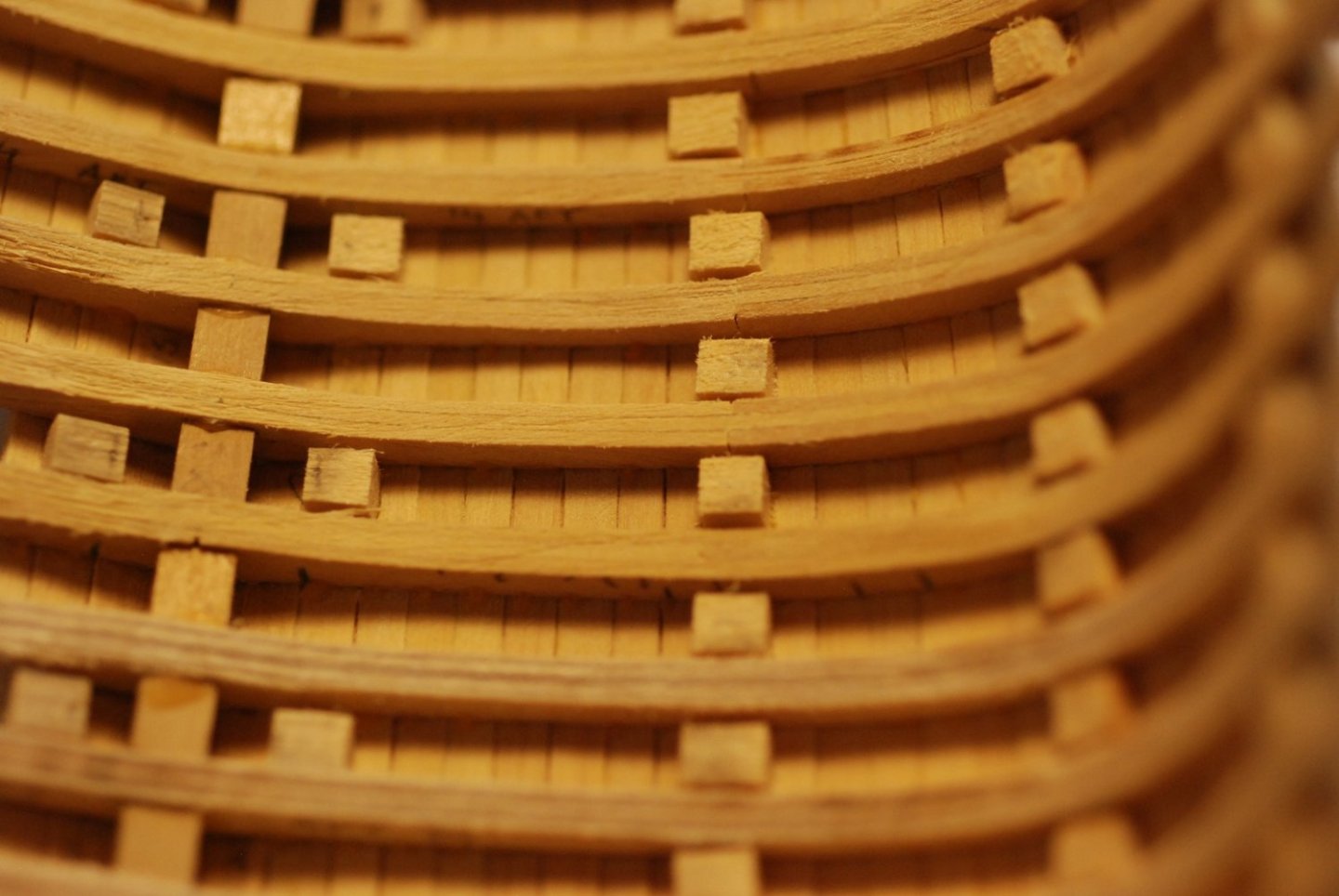
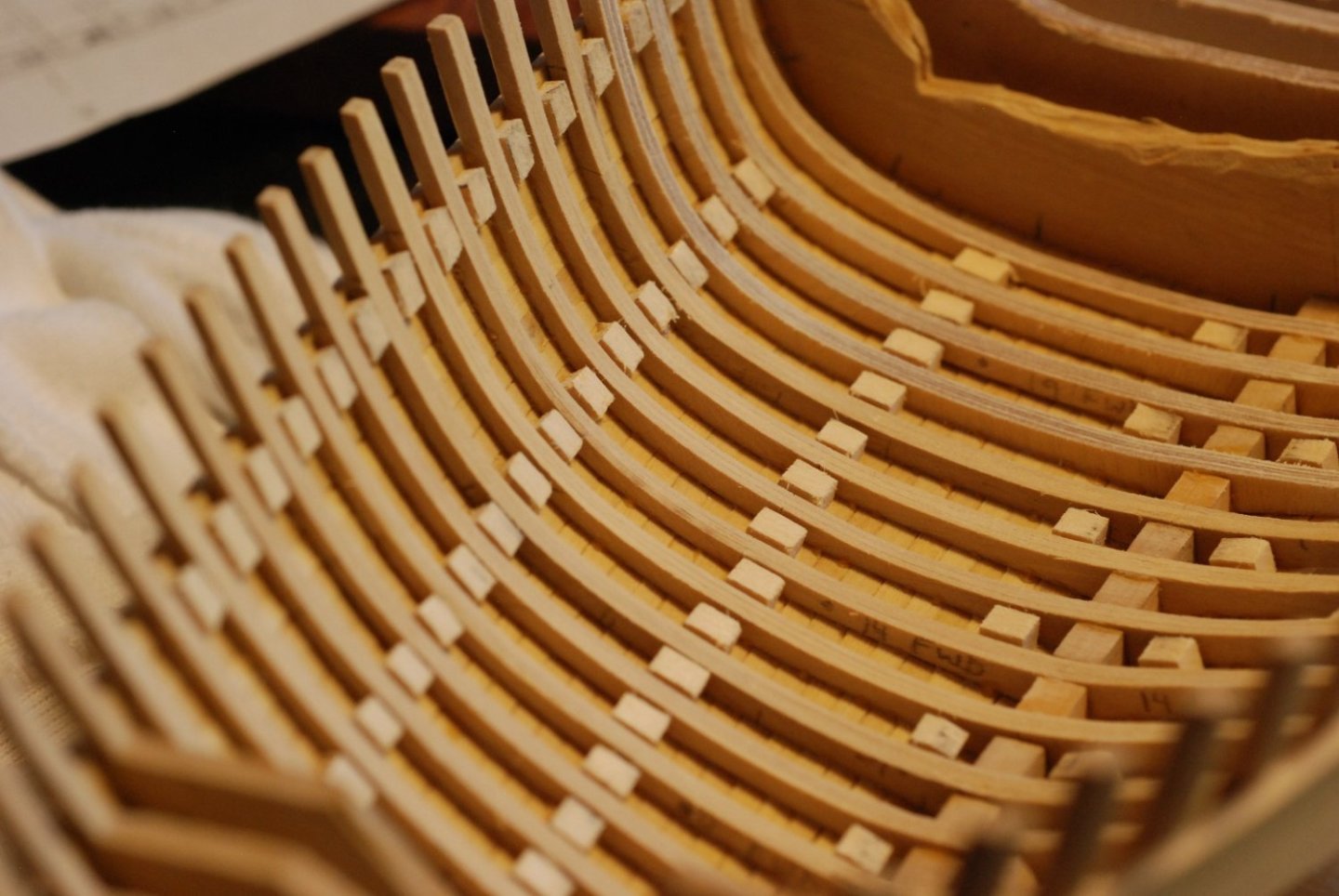
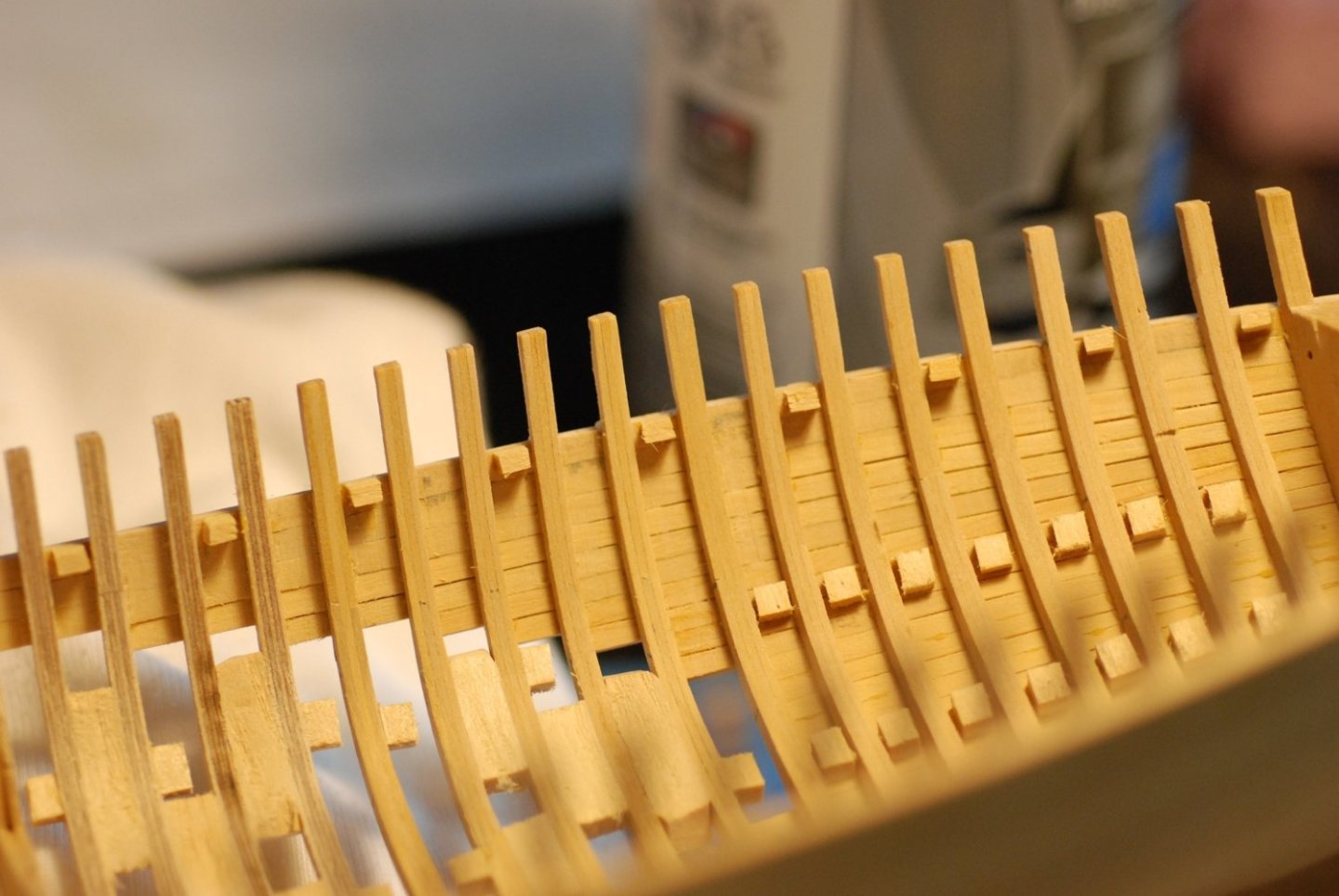
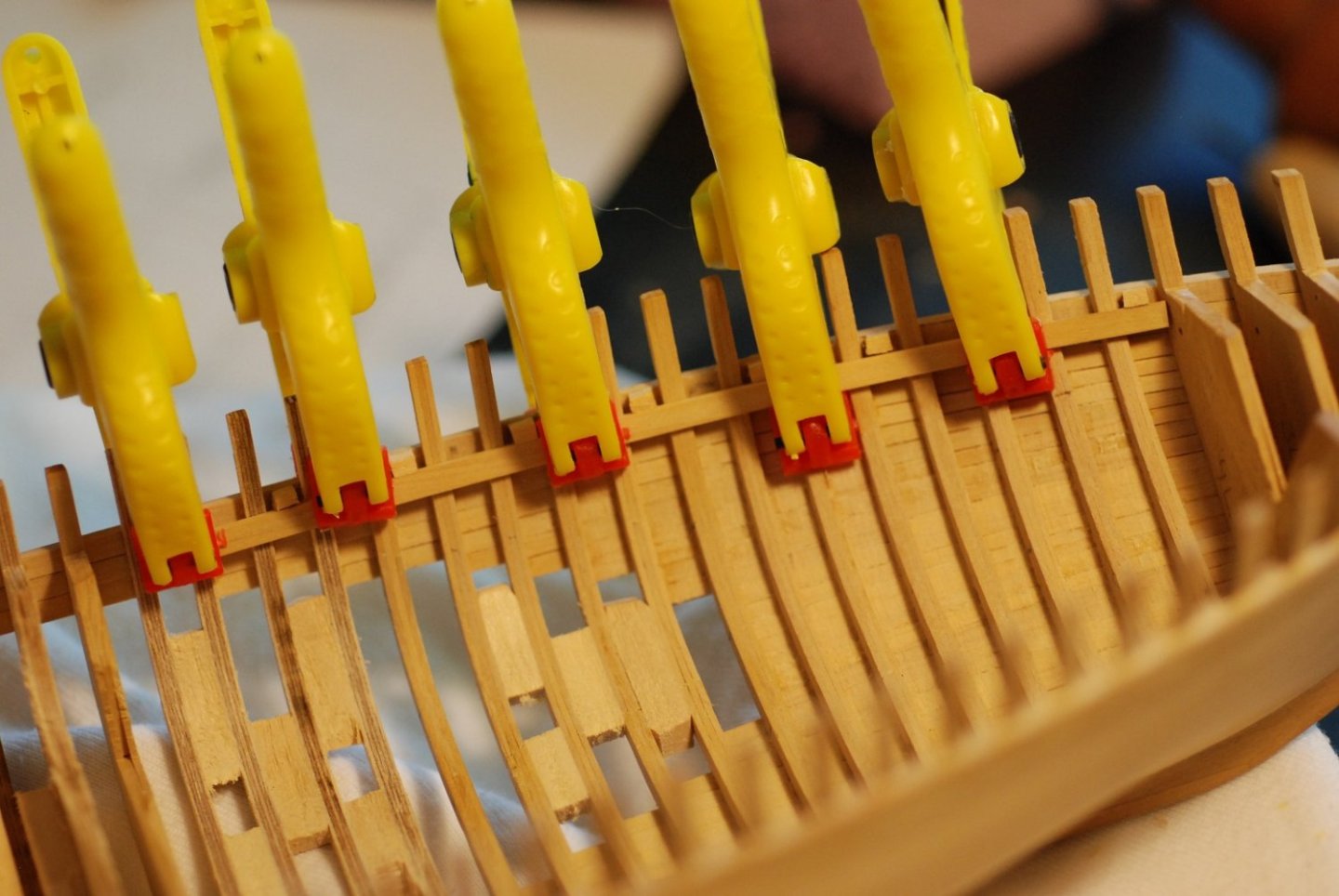
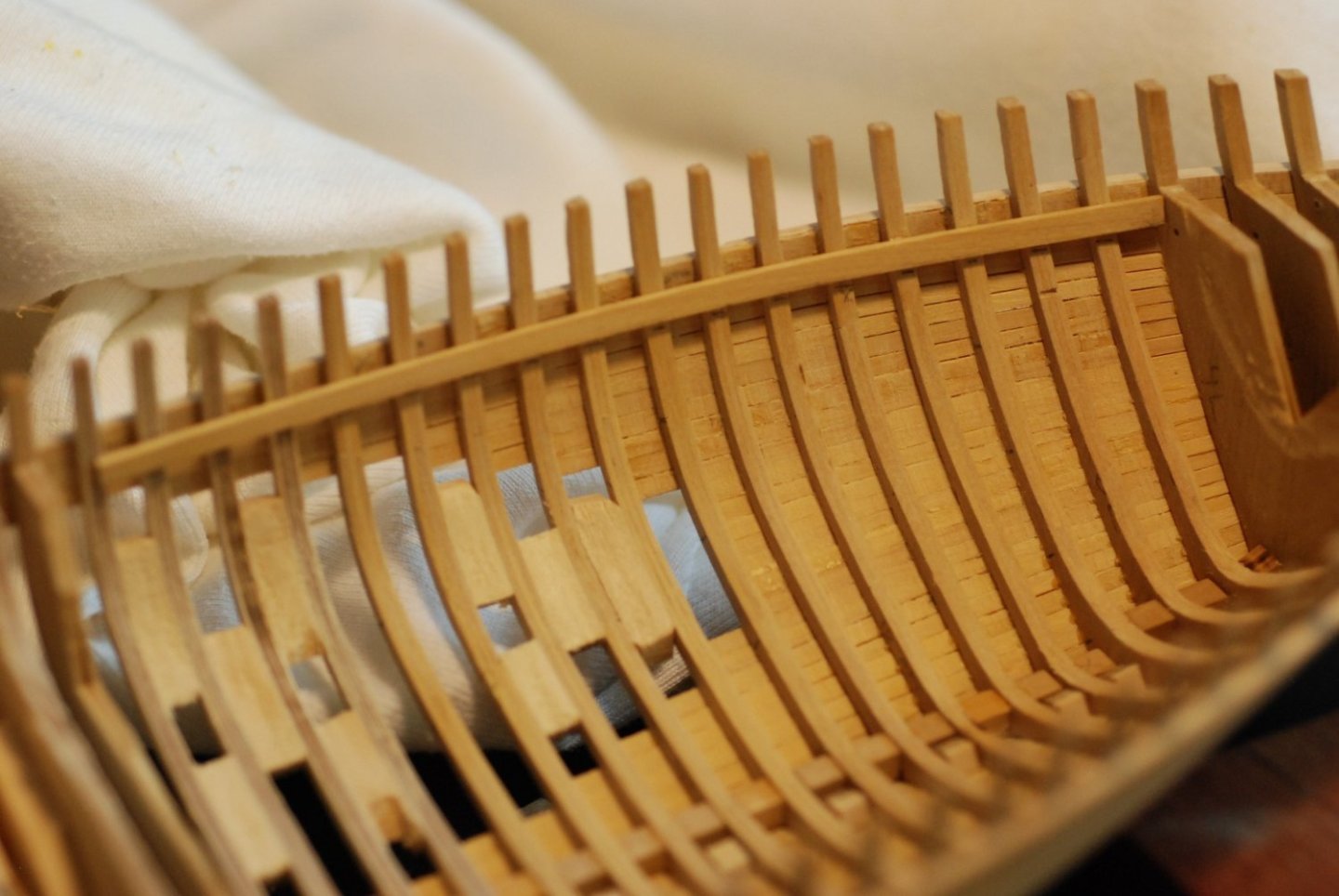
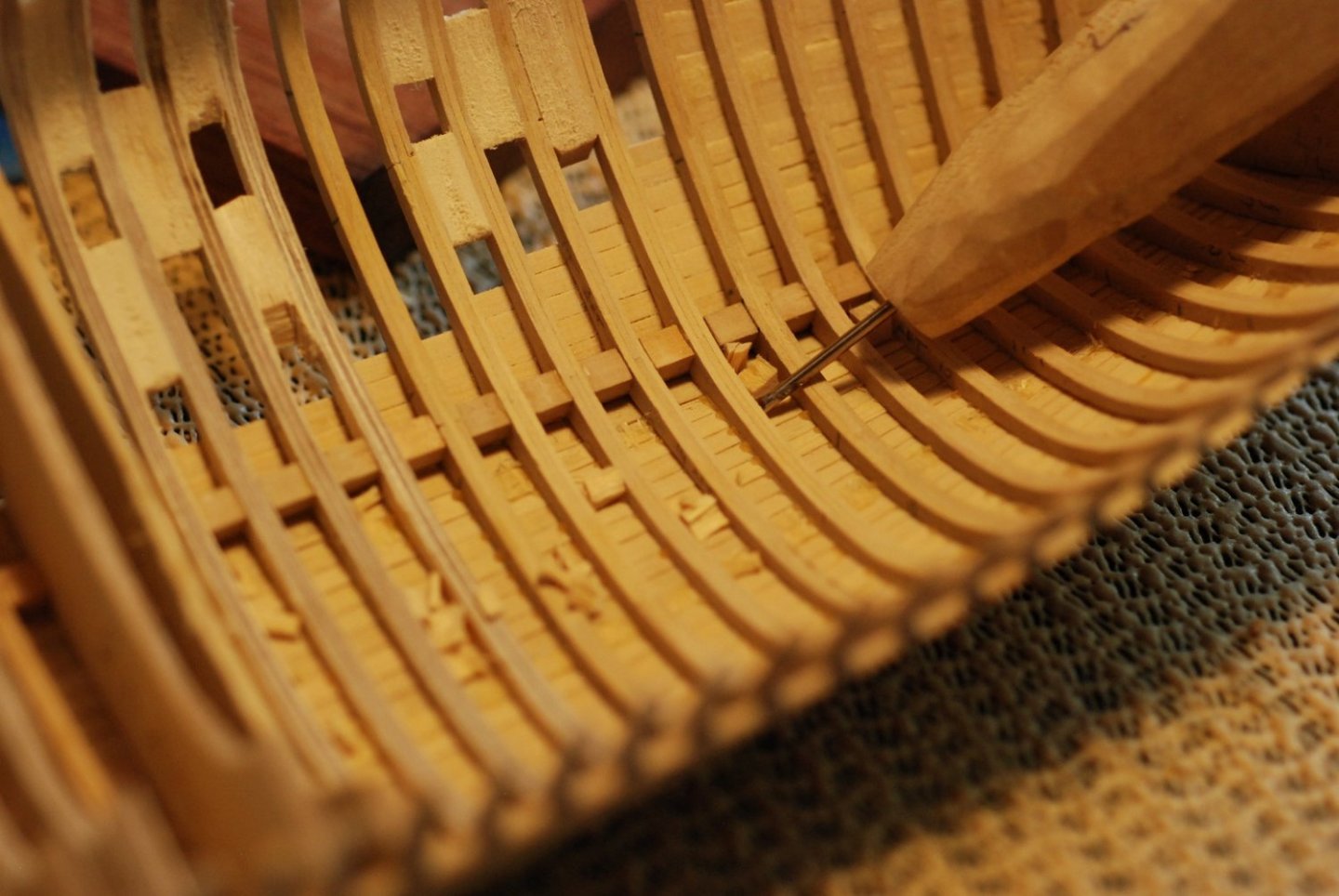
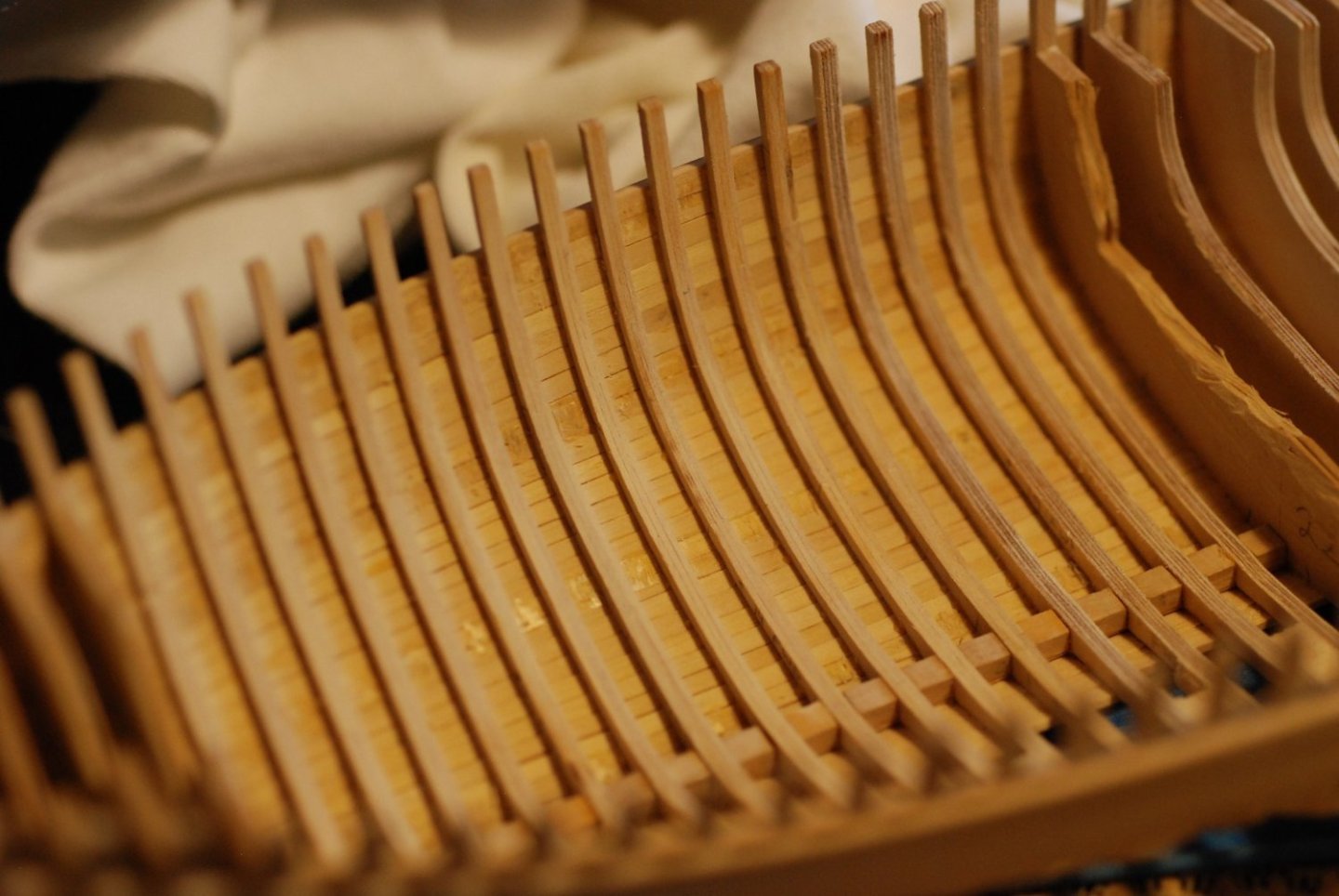
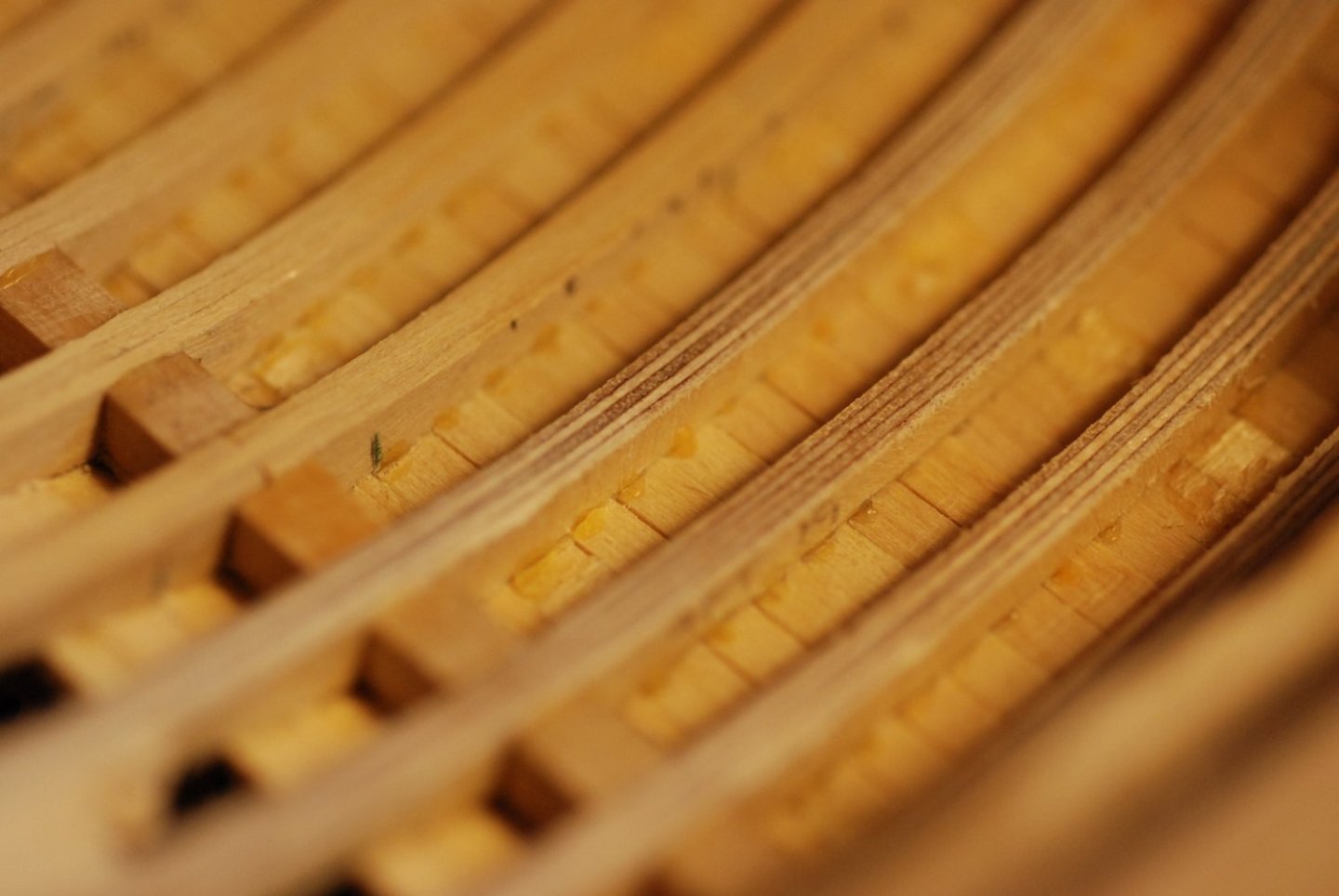
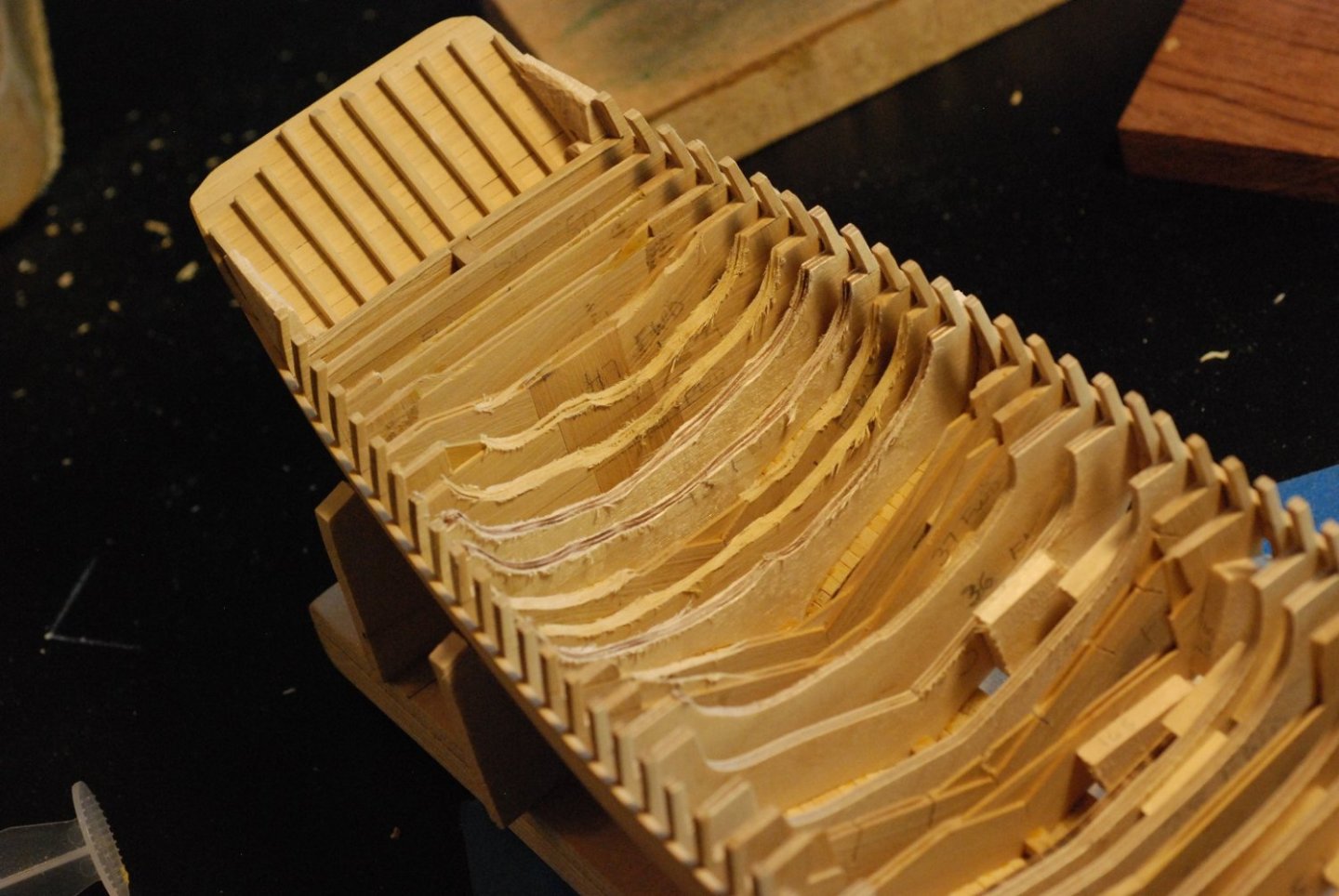
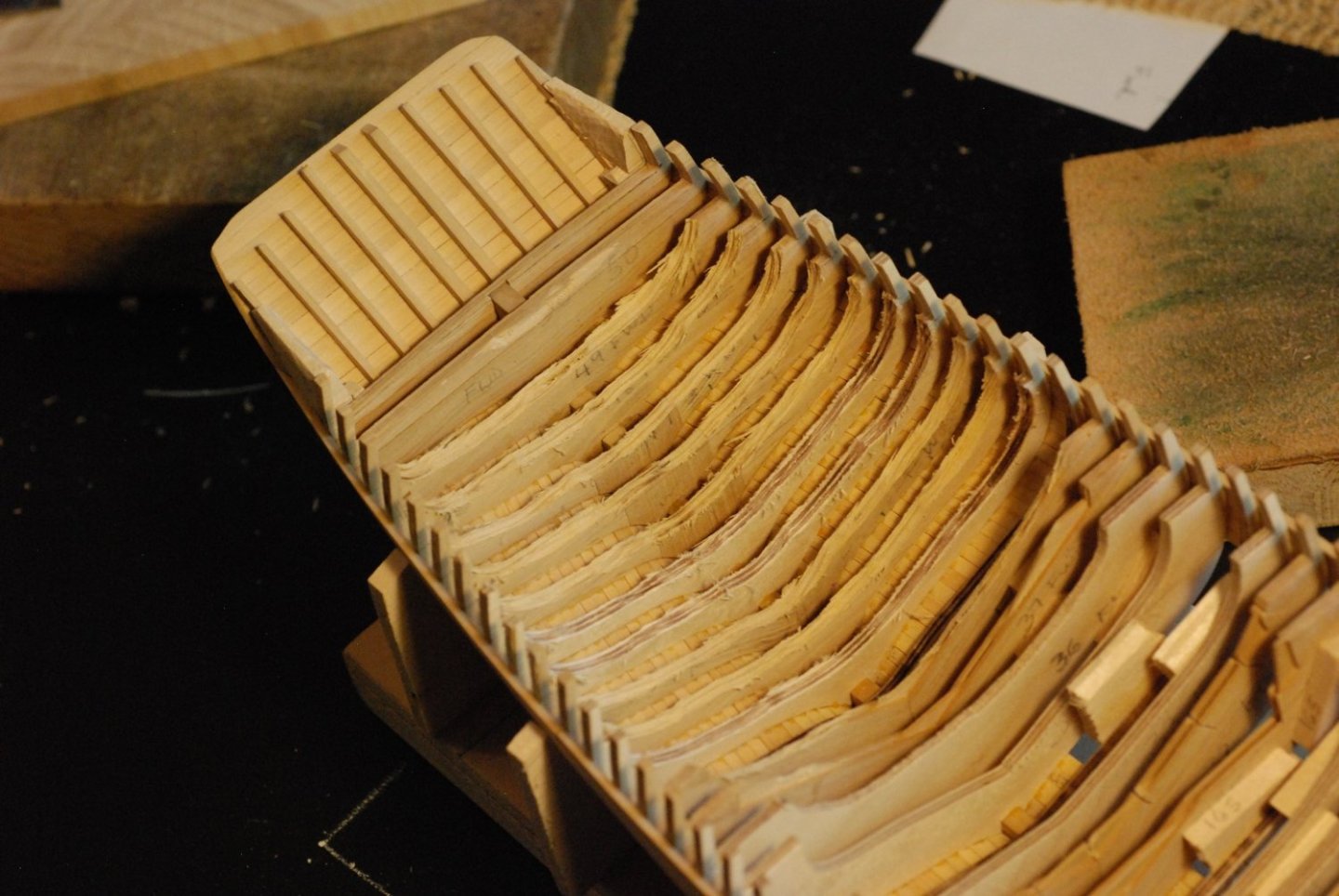
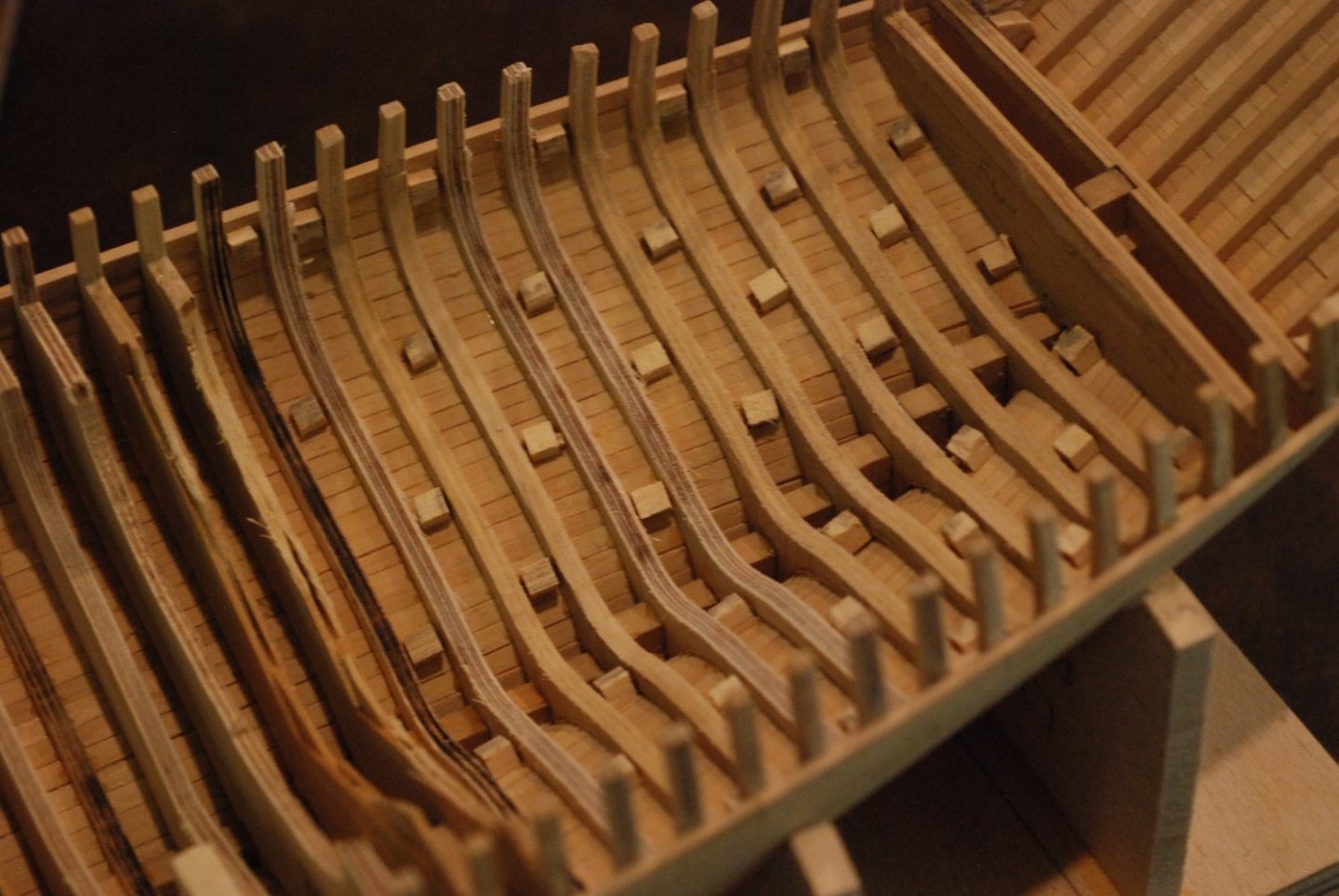
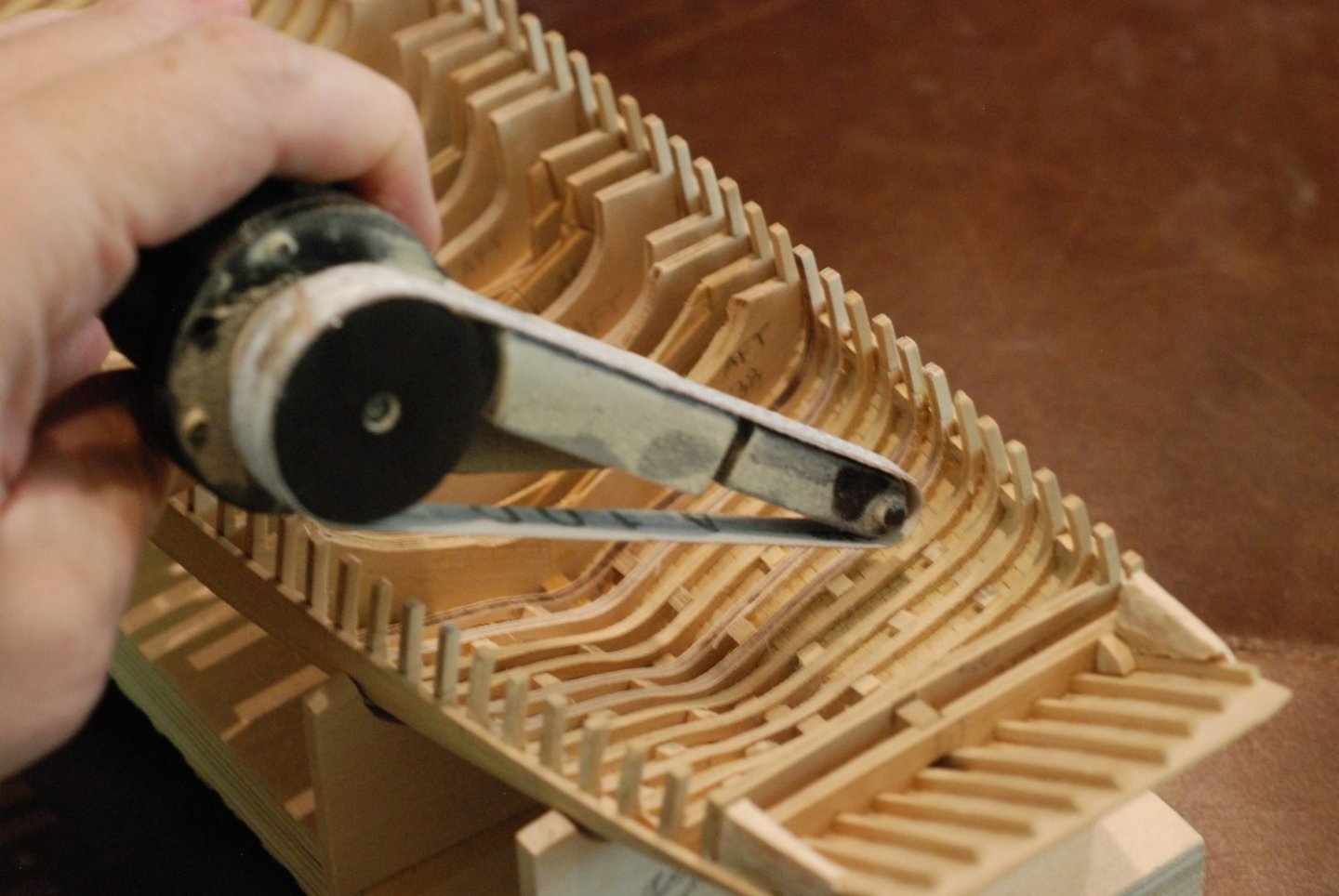
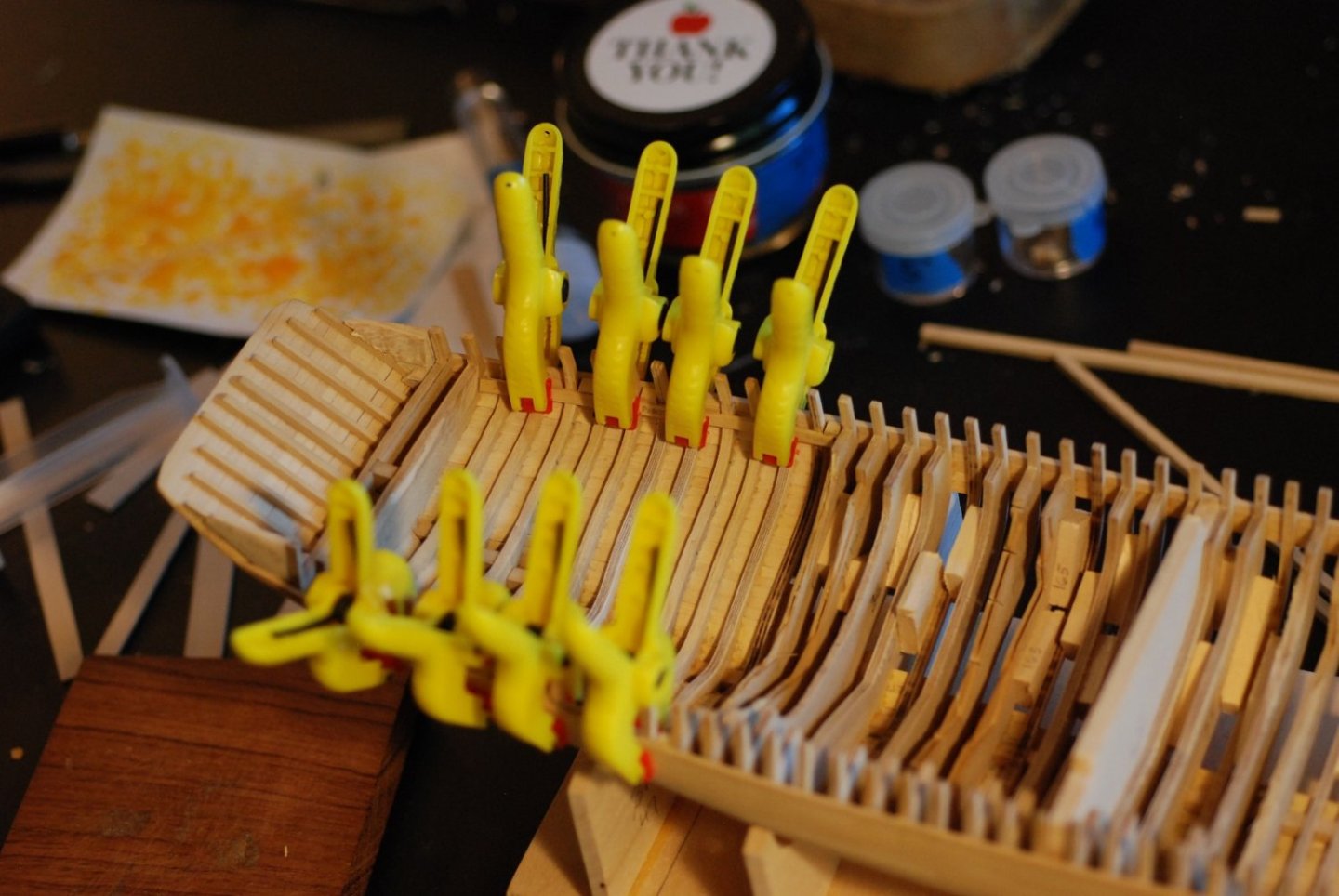
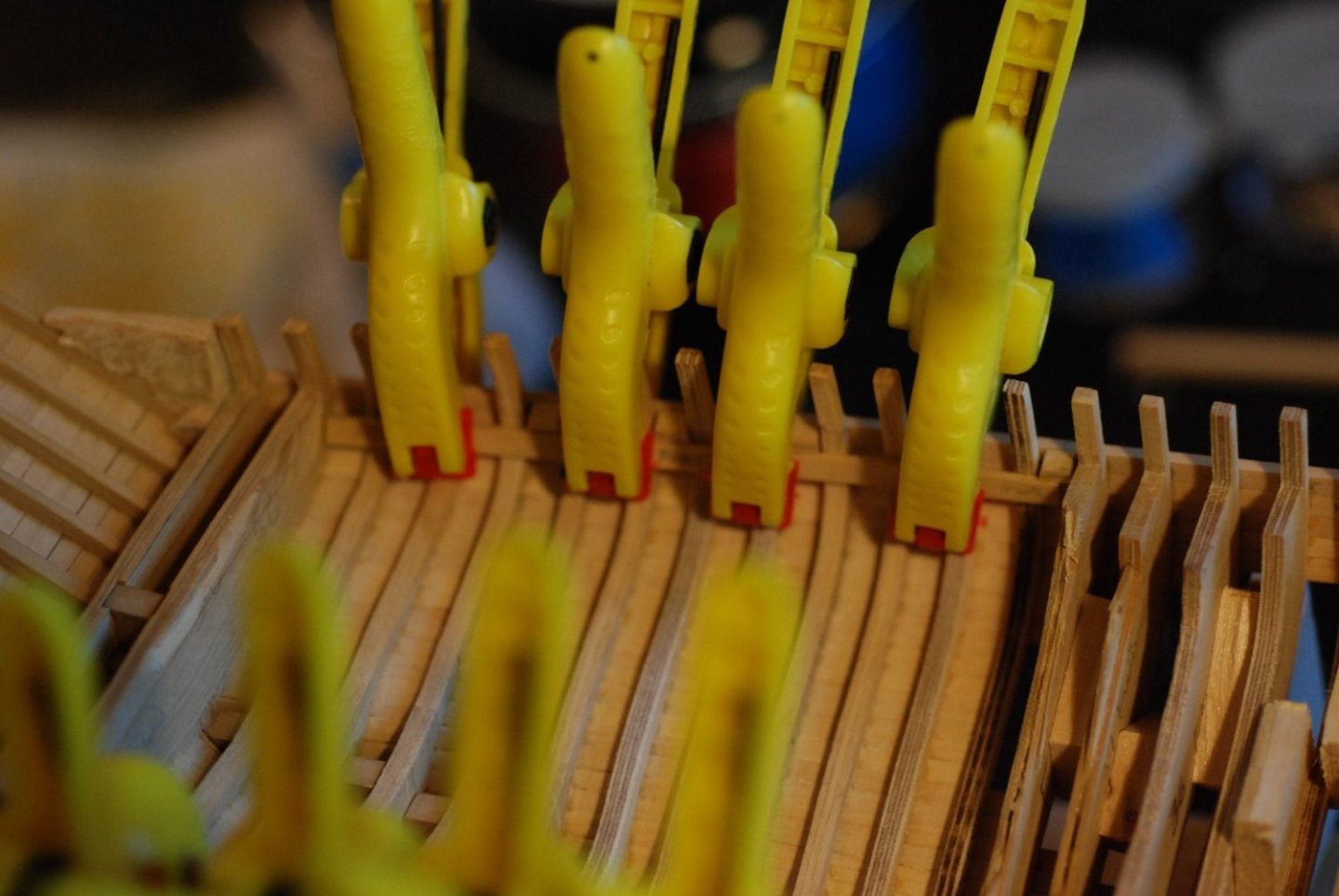
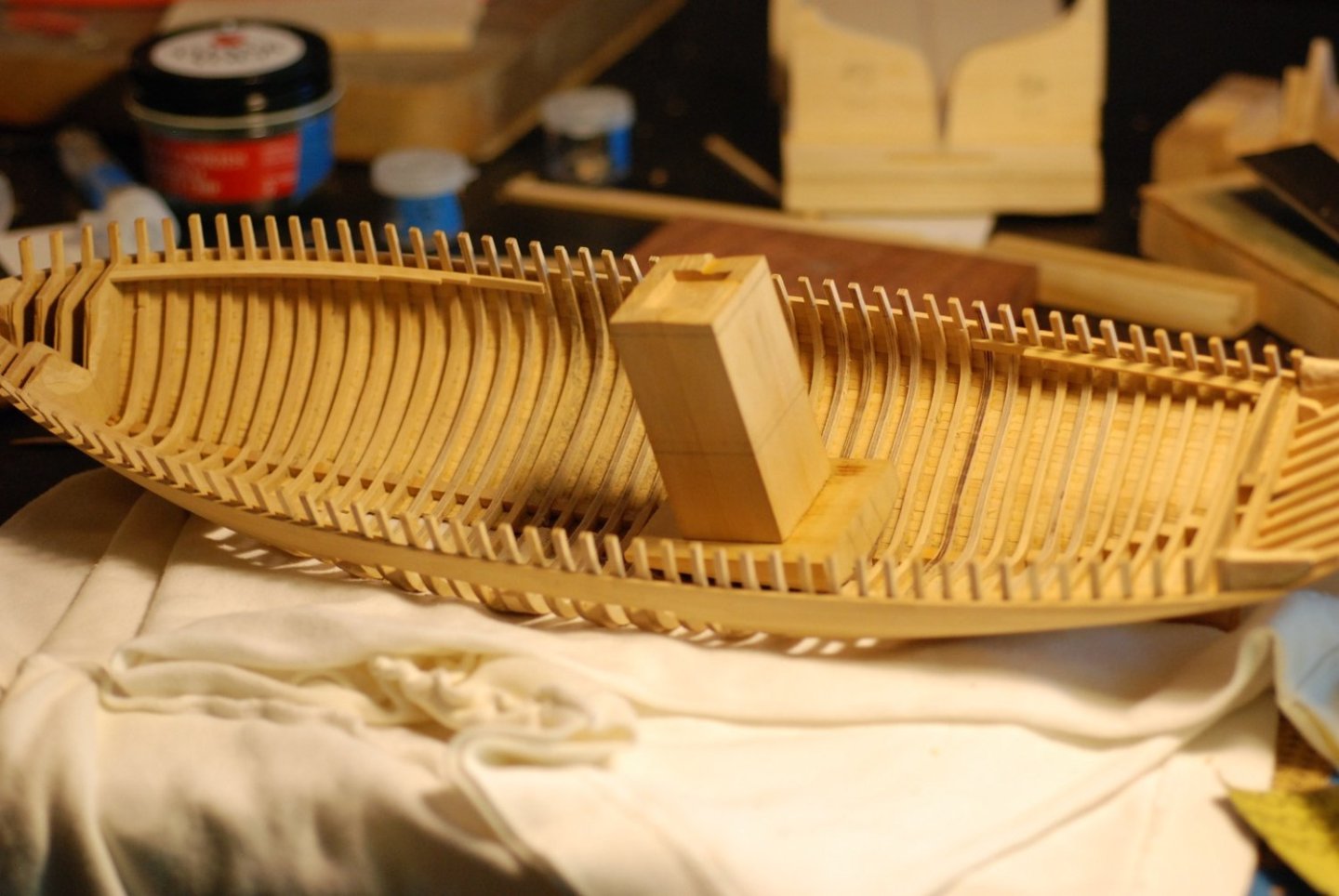
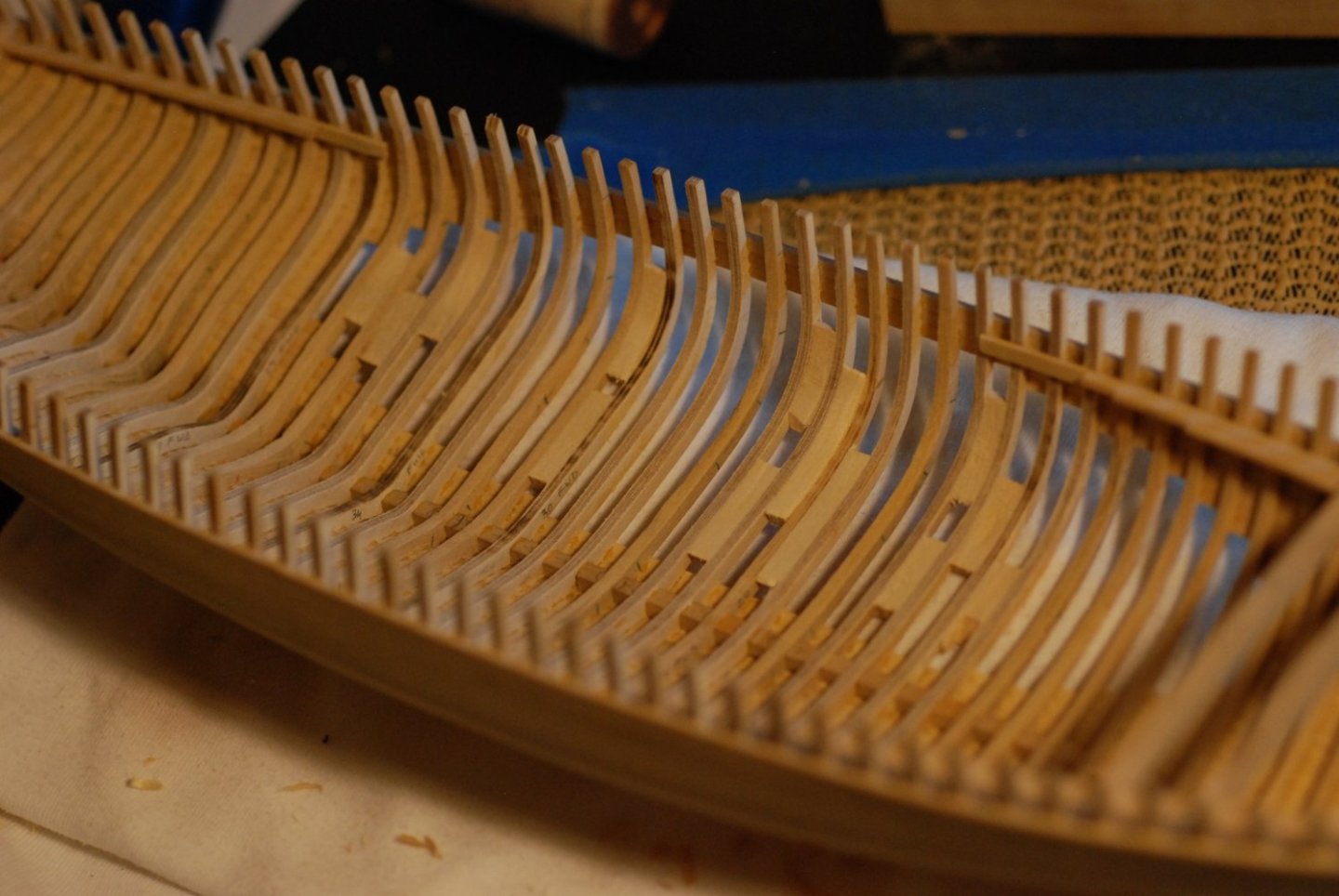
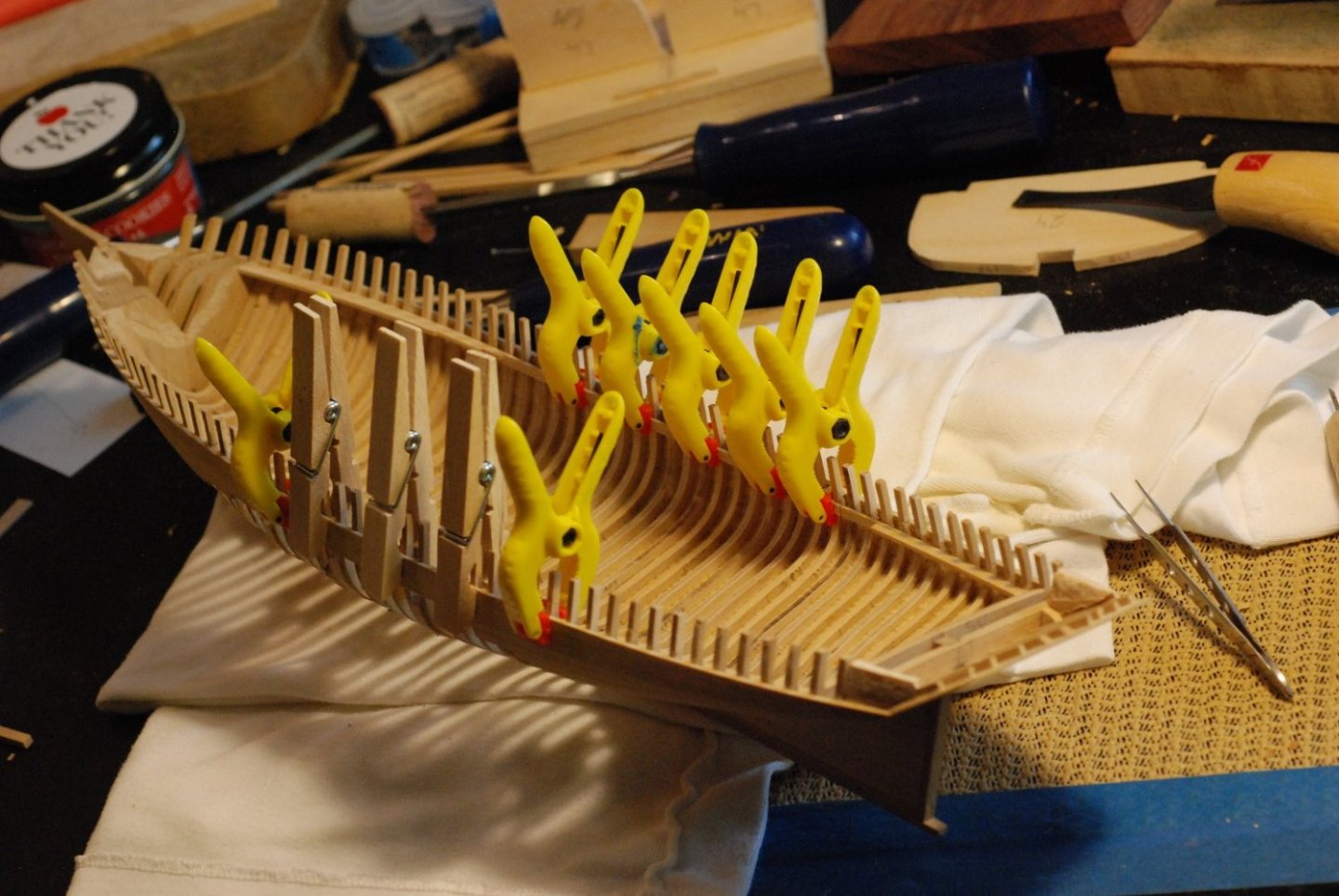
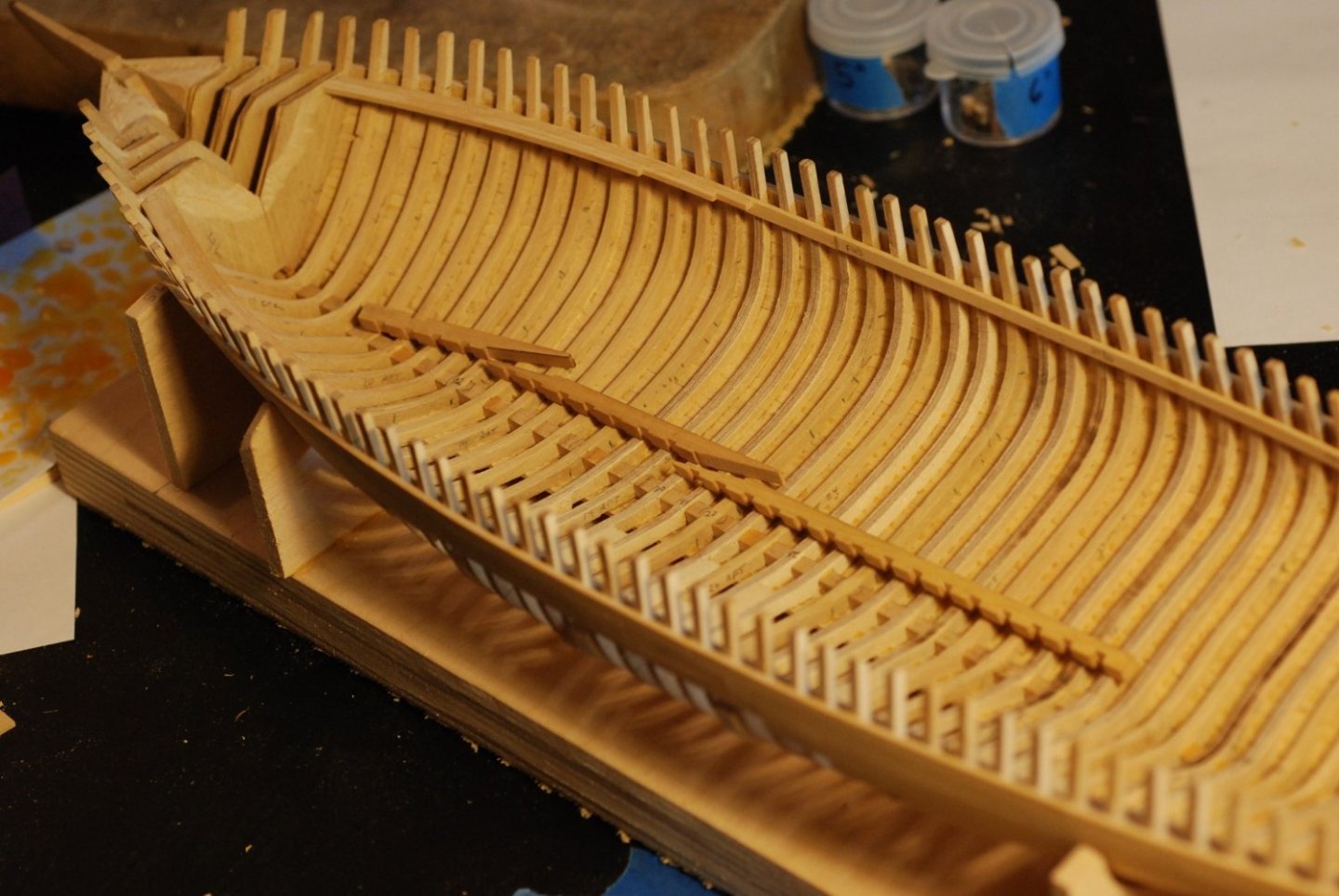
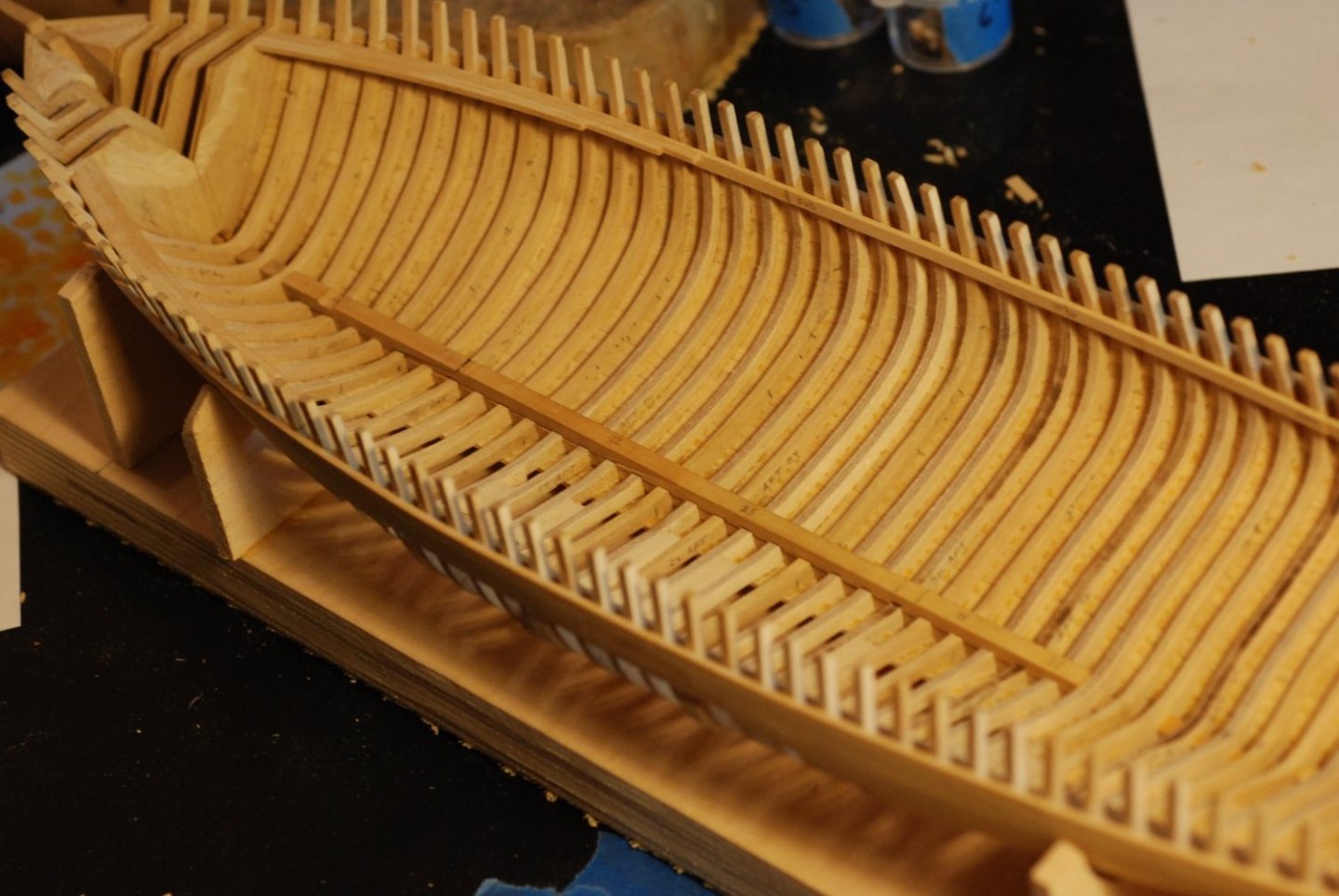
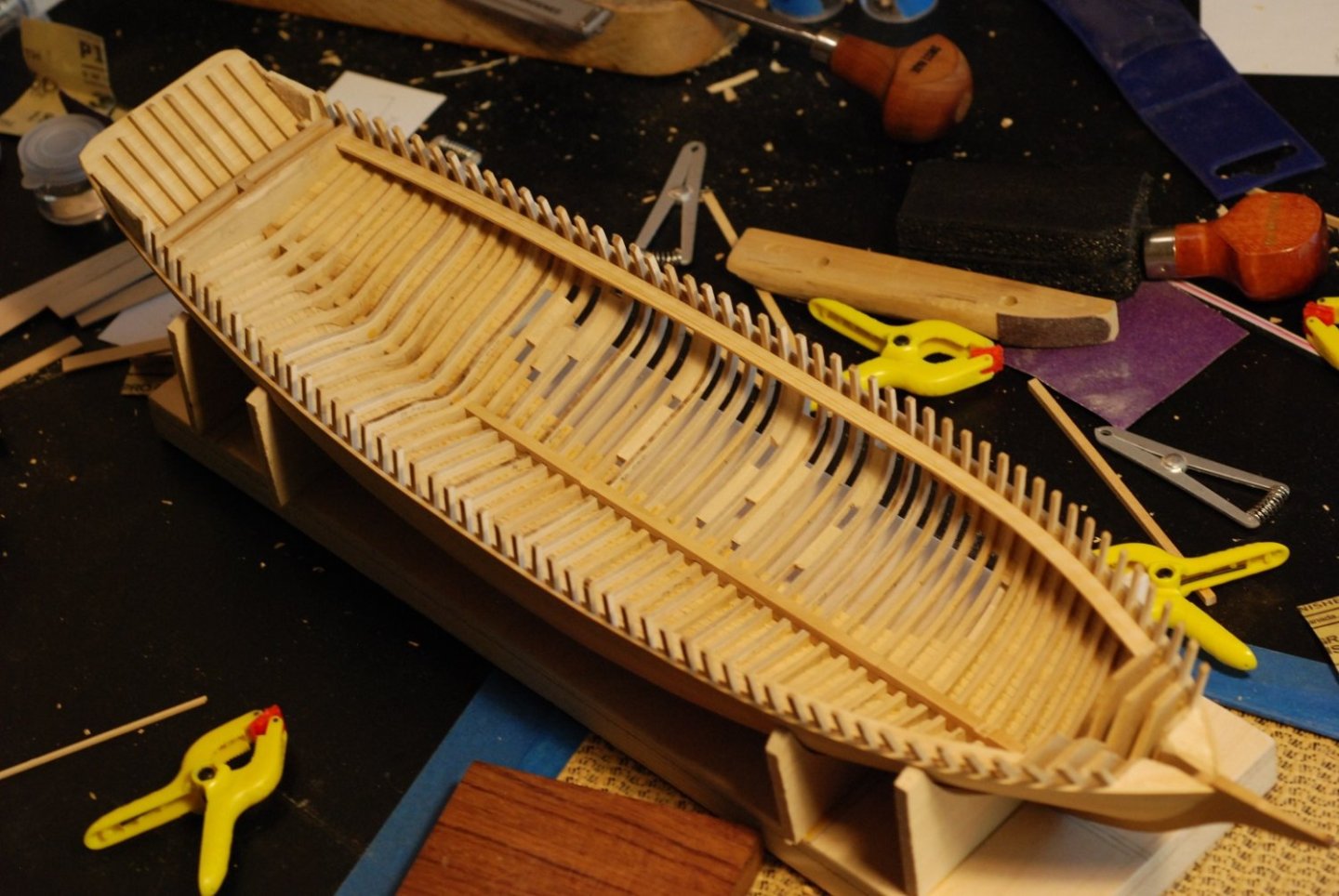
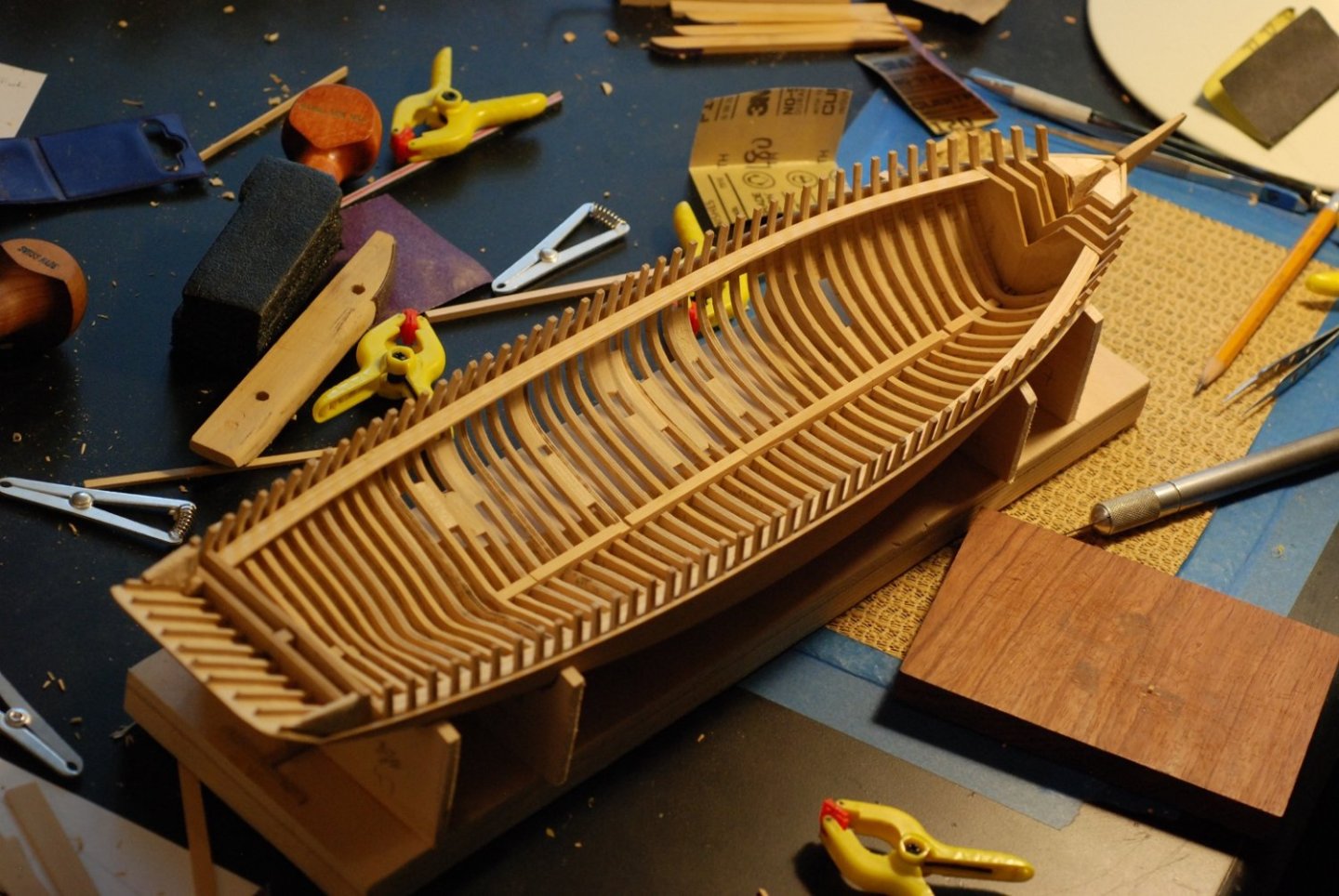
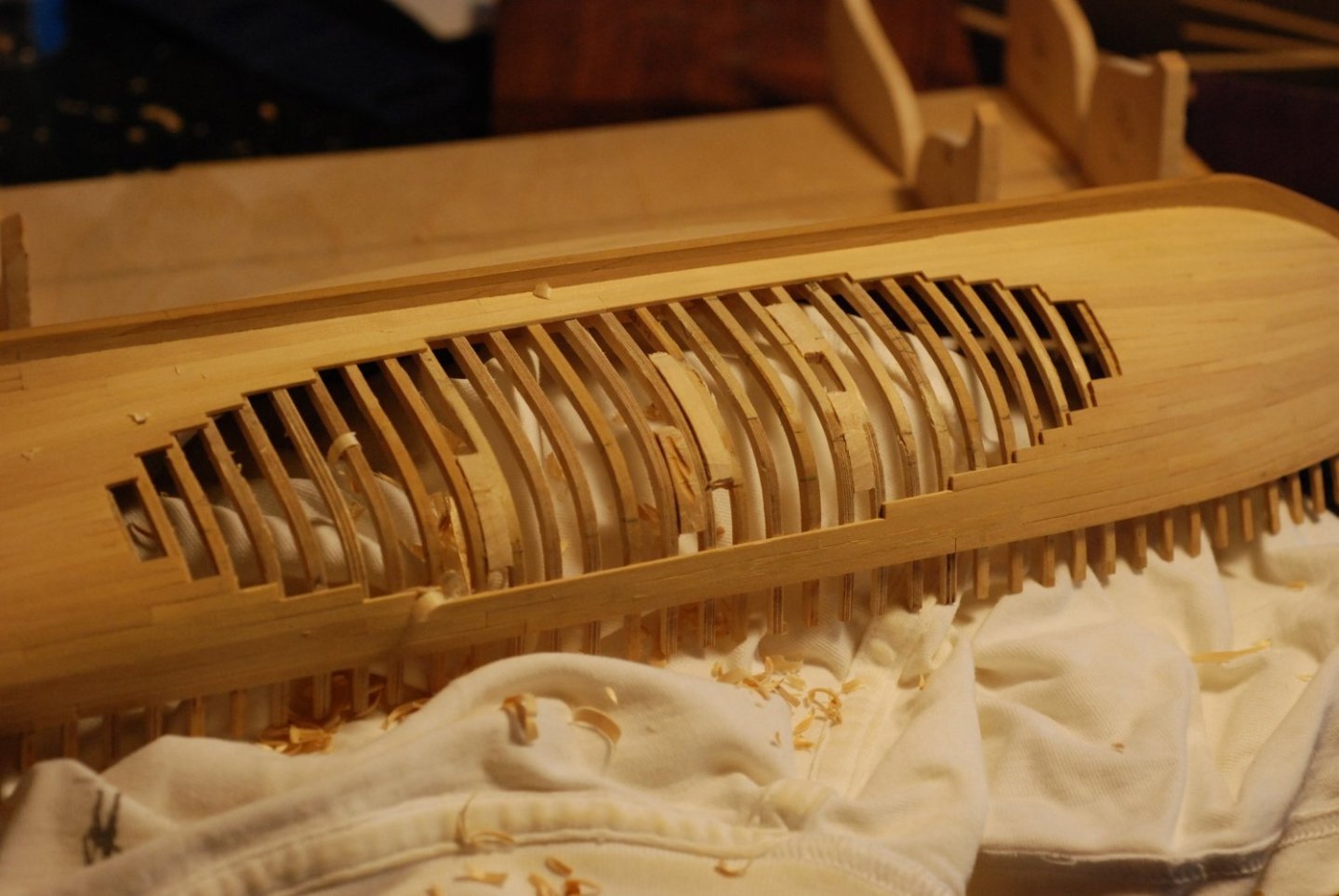
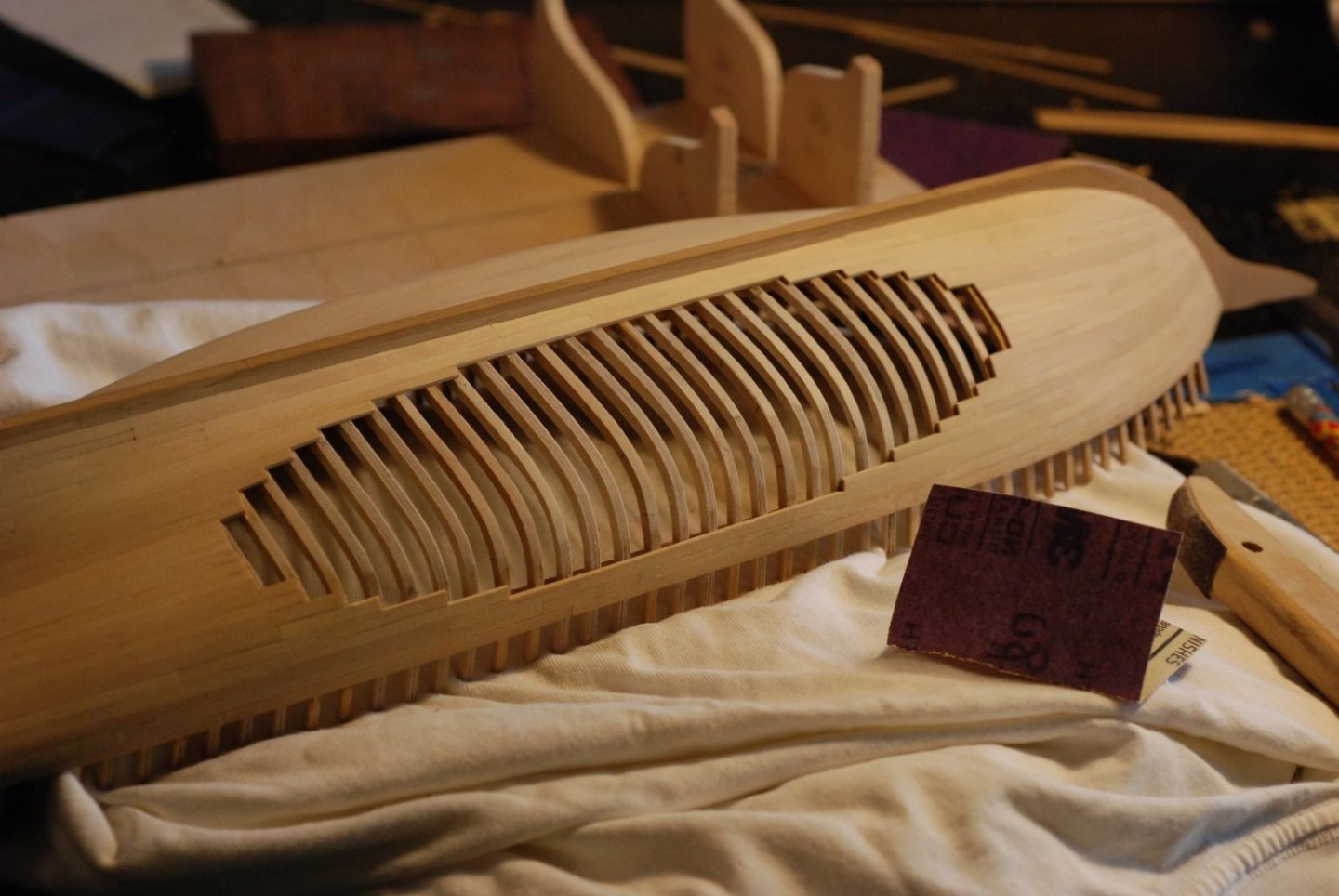
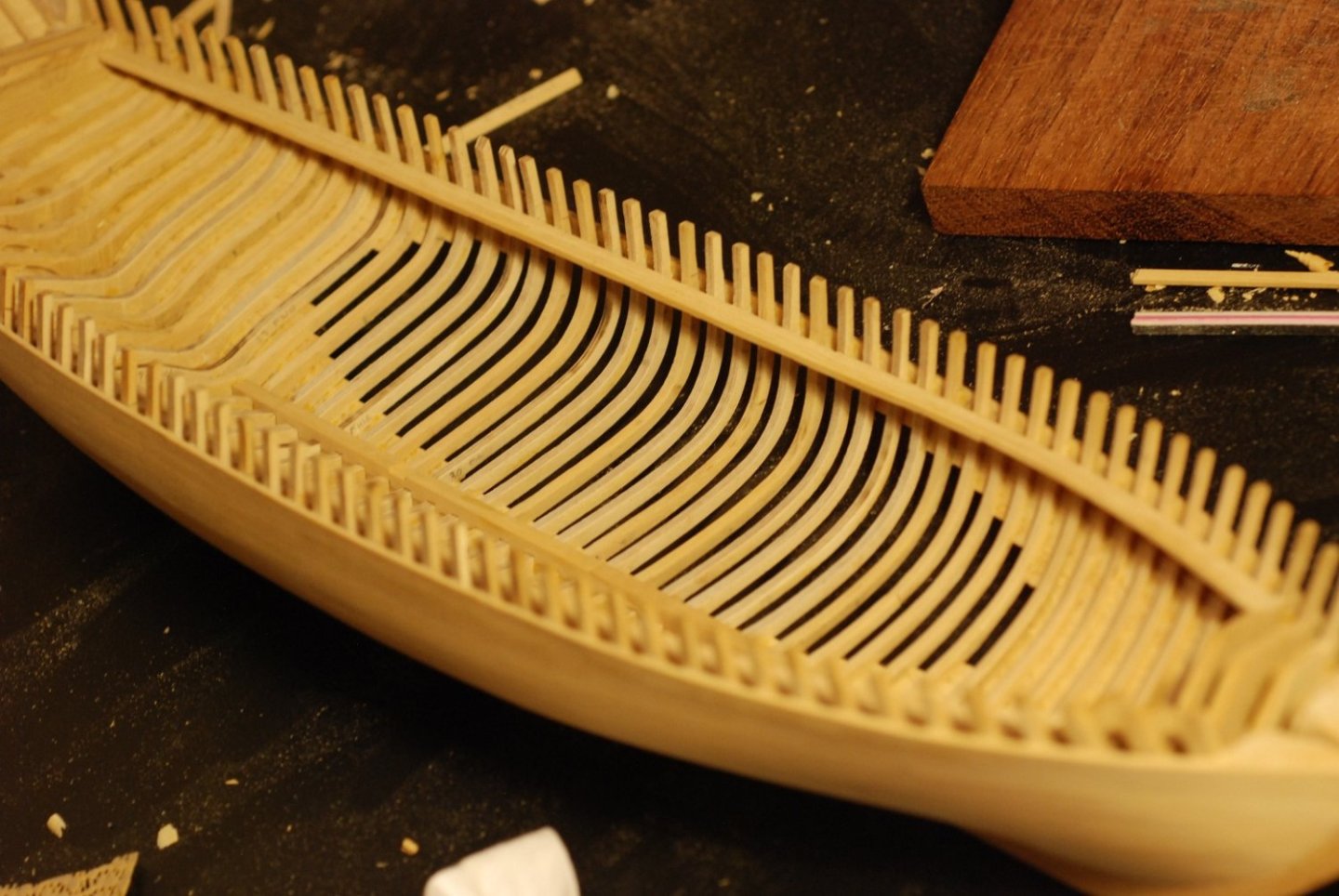
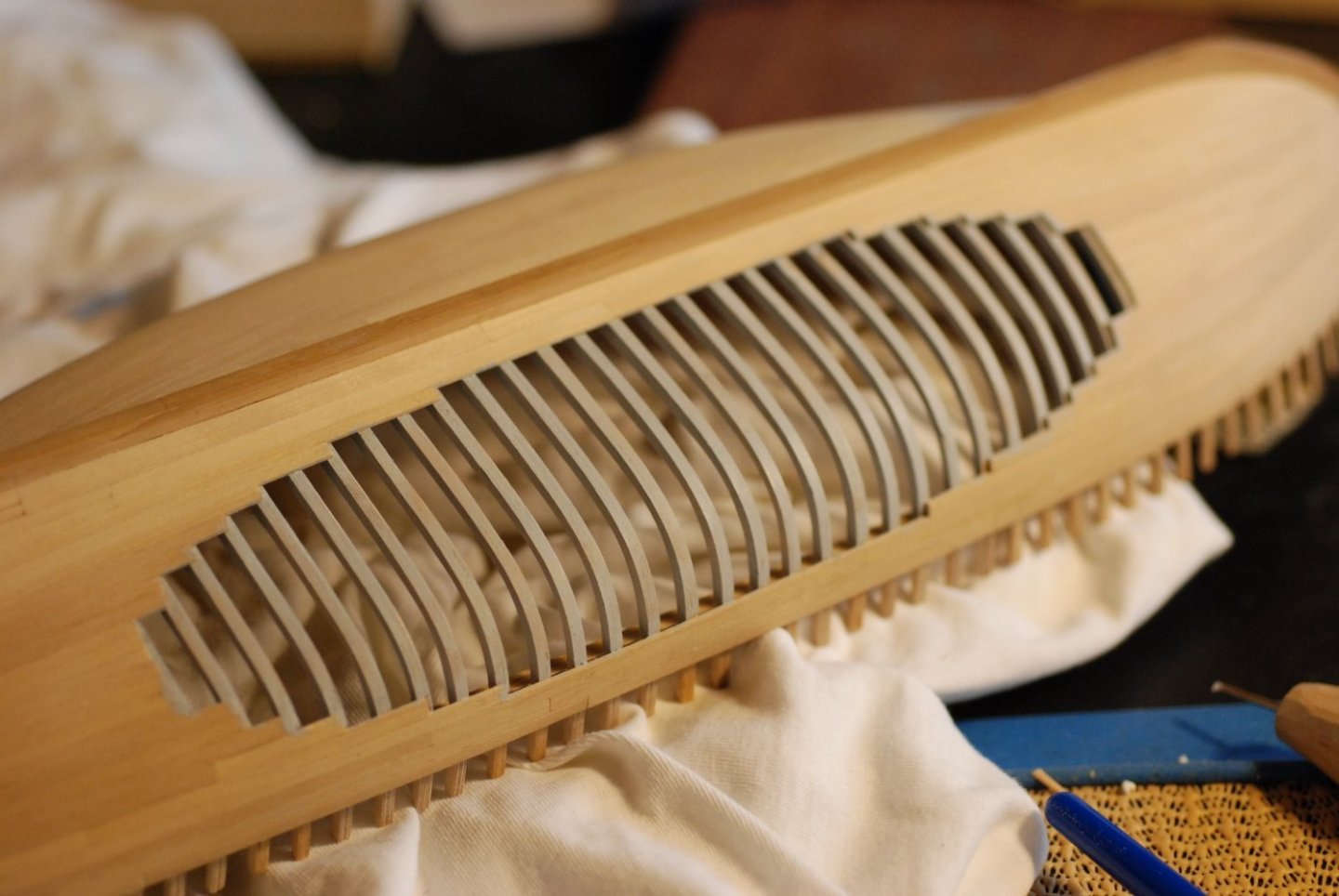
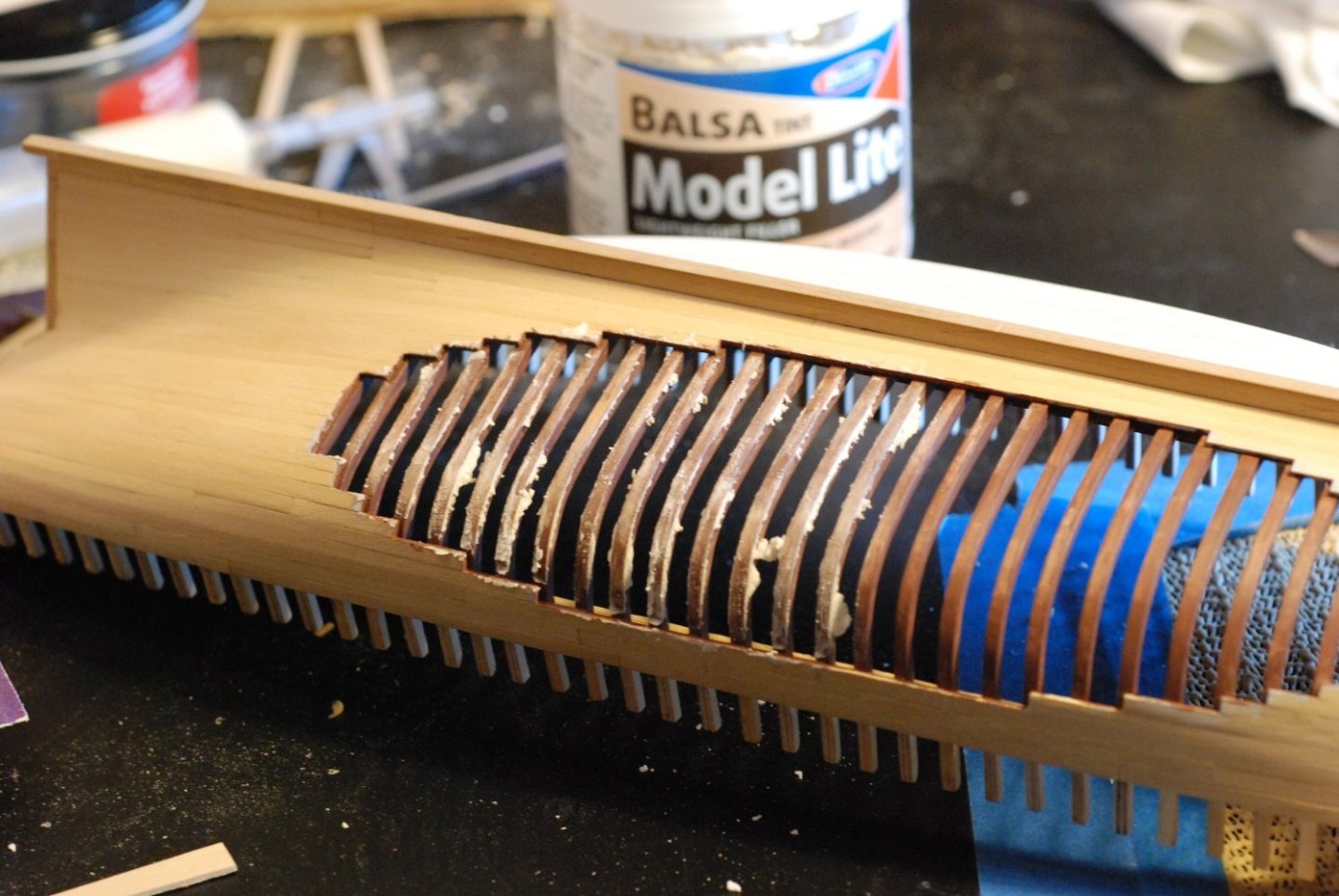
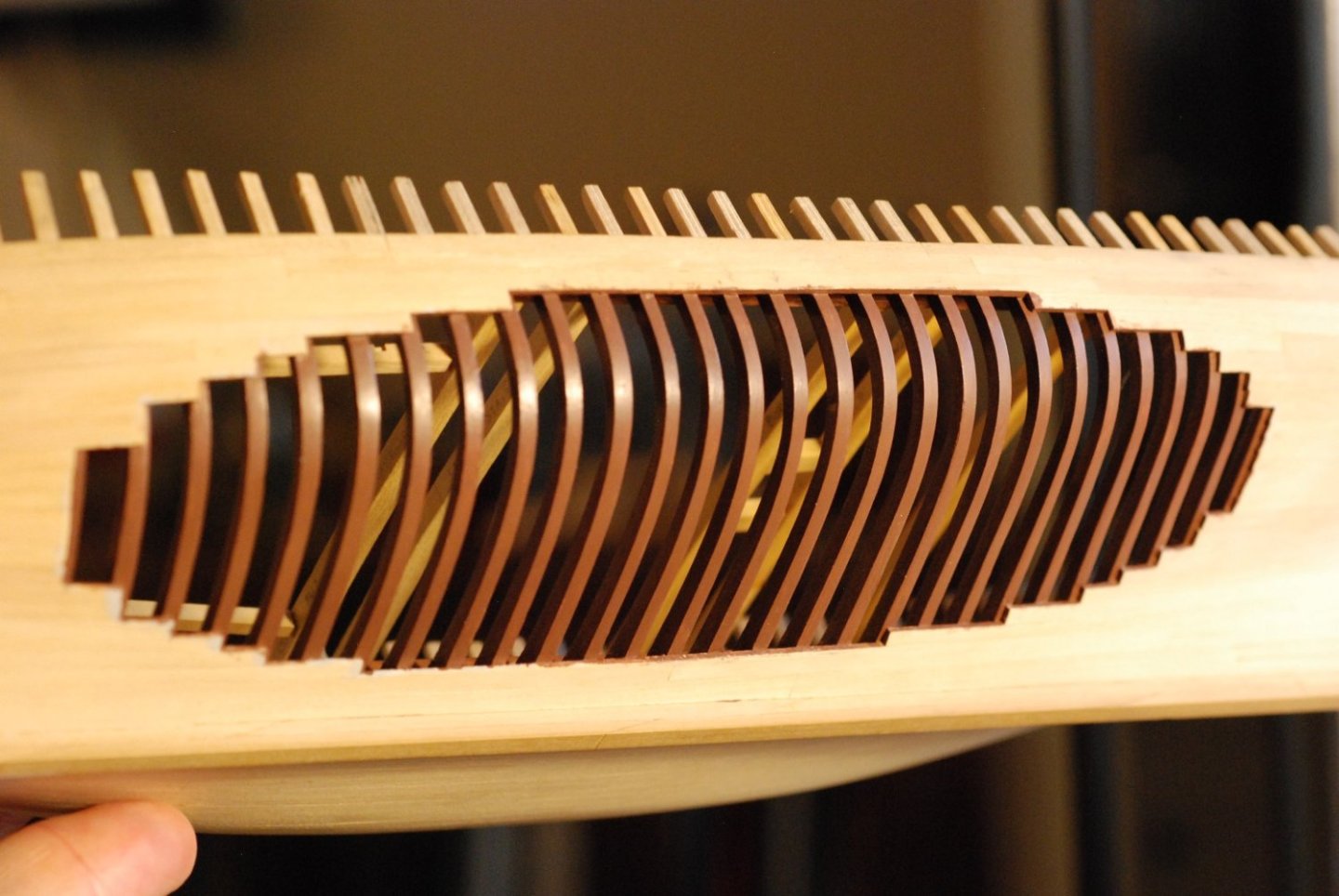
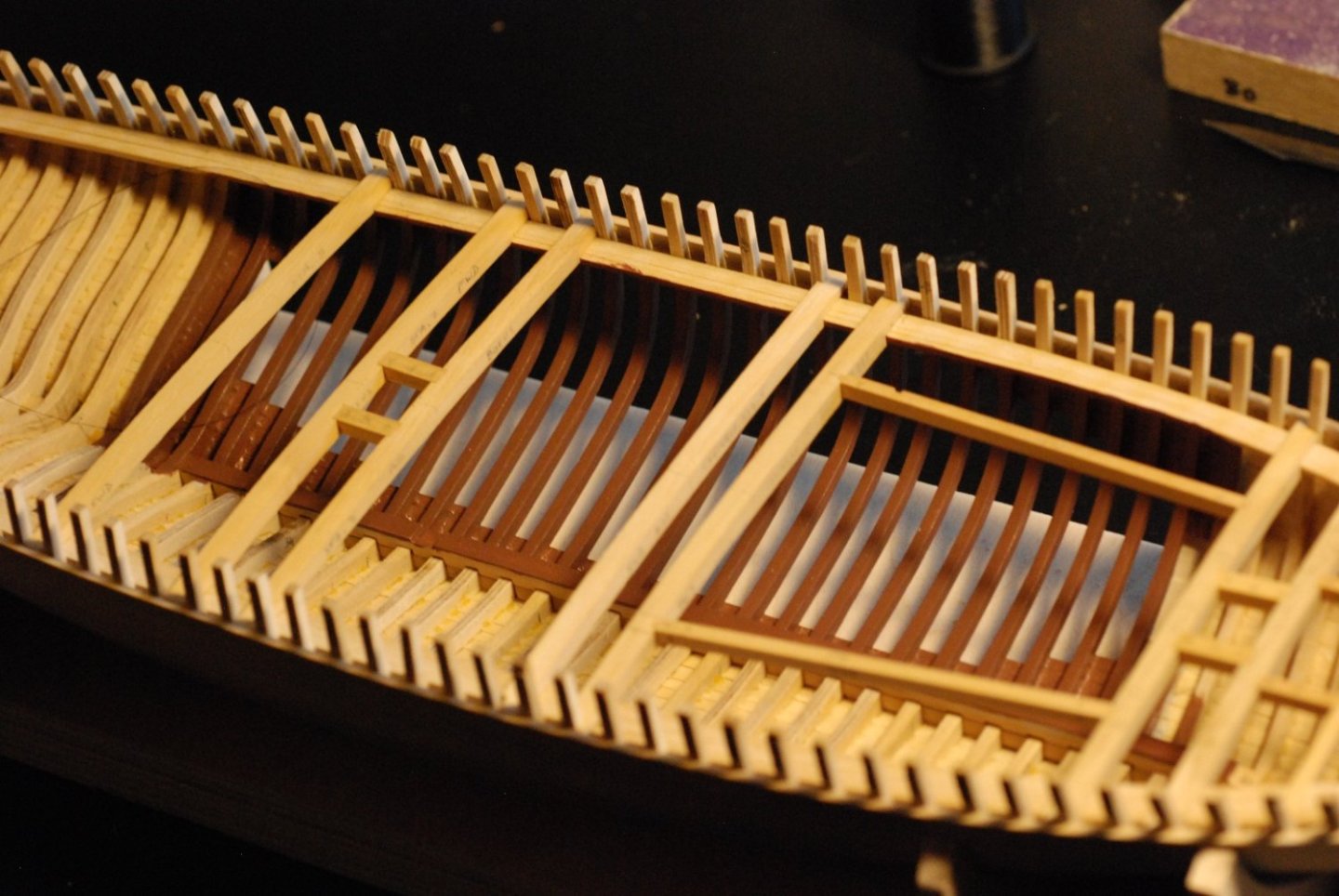

.thumb.jpg.bb2215a5690a490088b093e4dfdf8533.jpg)
.thumb.jpg.60d39a21b60329db3d7b649d2120cde7.jpg)
.thumb.jpg.625c84802a8b24cf3348d37df3252667.jpg)
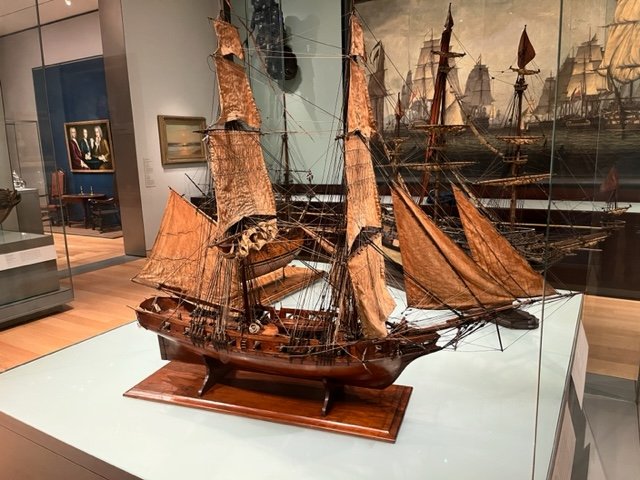

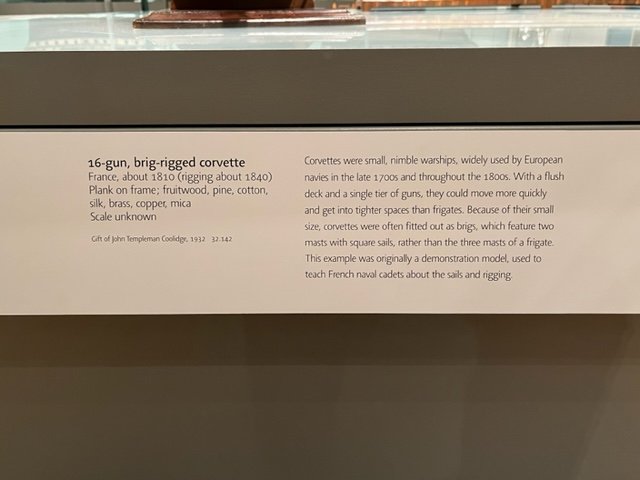
La Créole 1827 by archjofo - Scale 1/48 - French corvette
in - Build logs for subjects built 1801 - 1850
Posted
While you might not have meaningful pictures of the original model, the rest of us now have meaningful pictures of the definitive model!